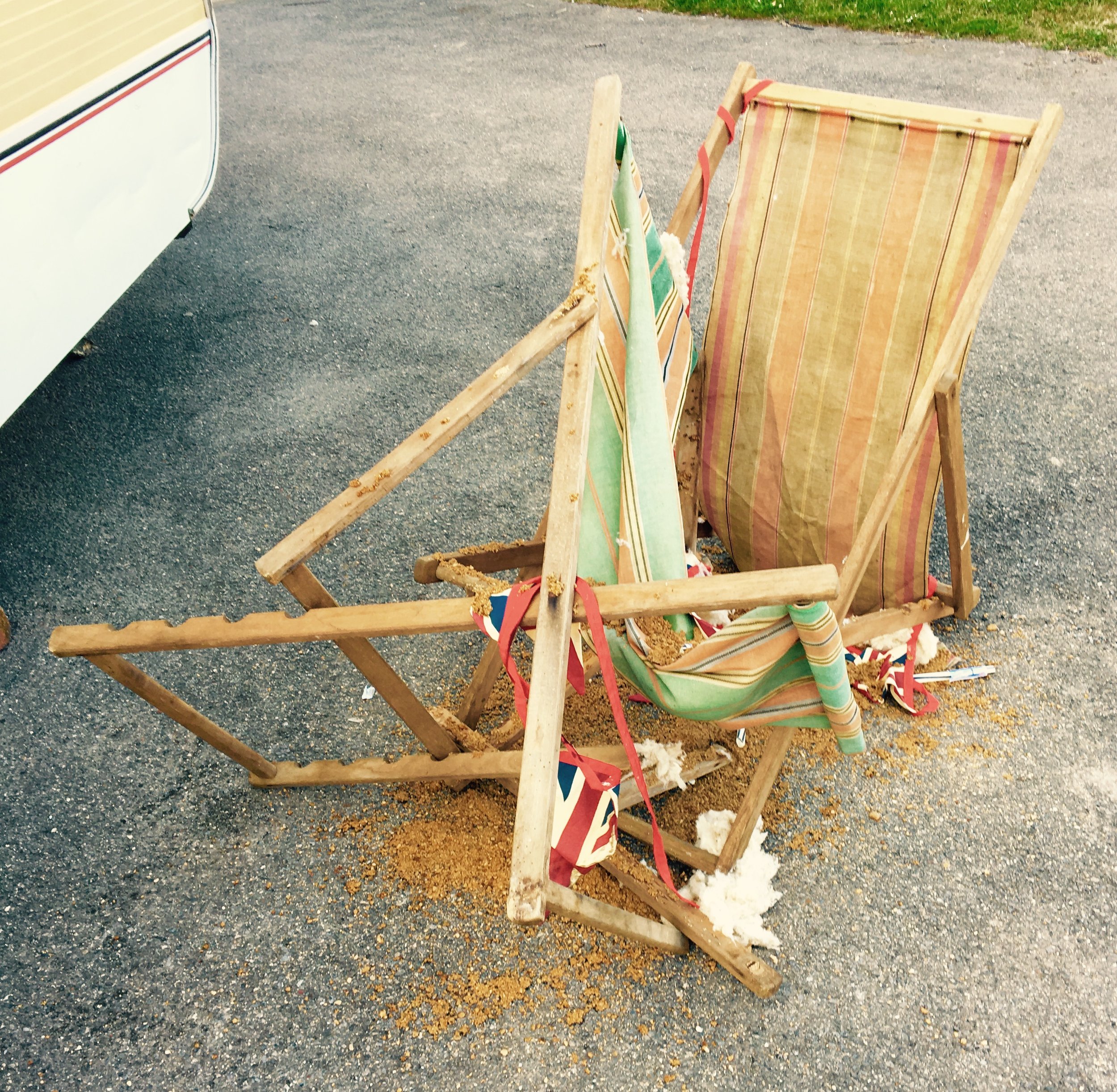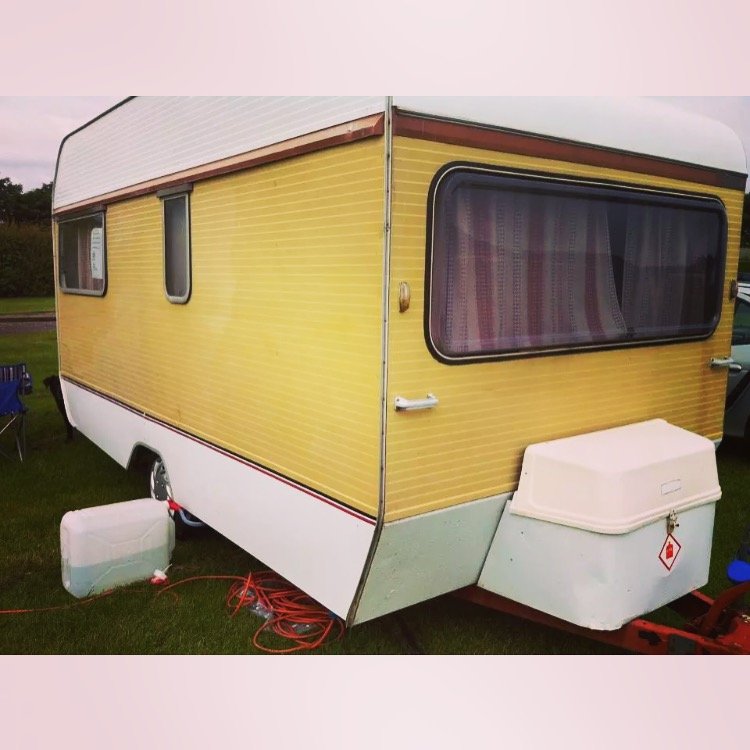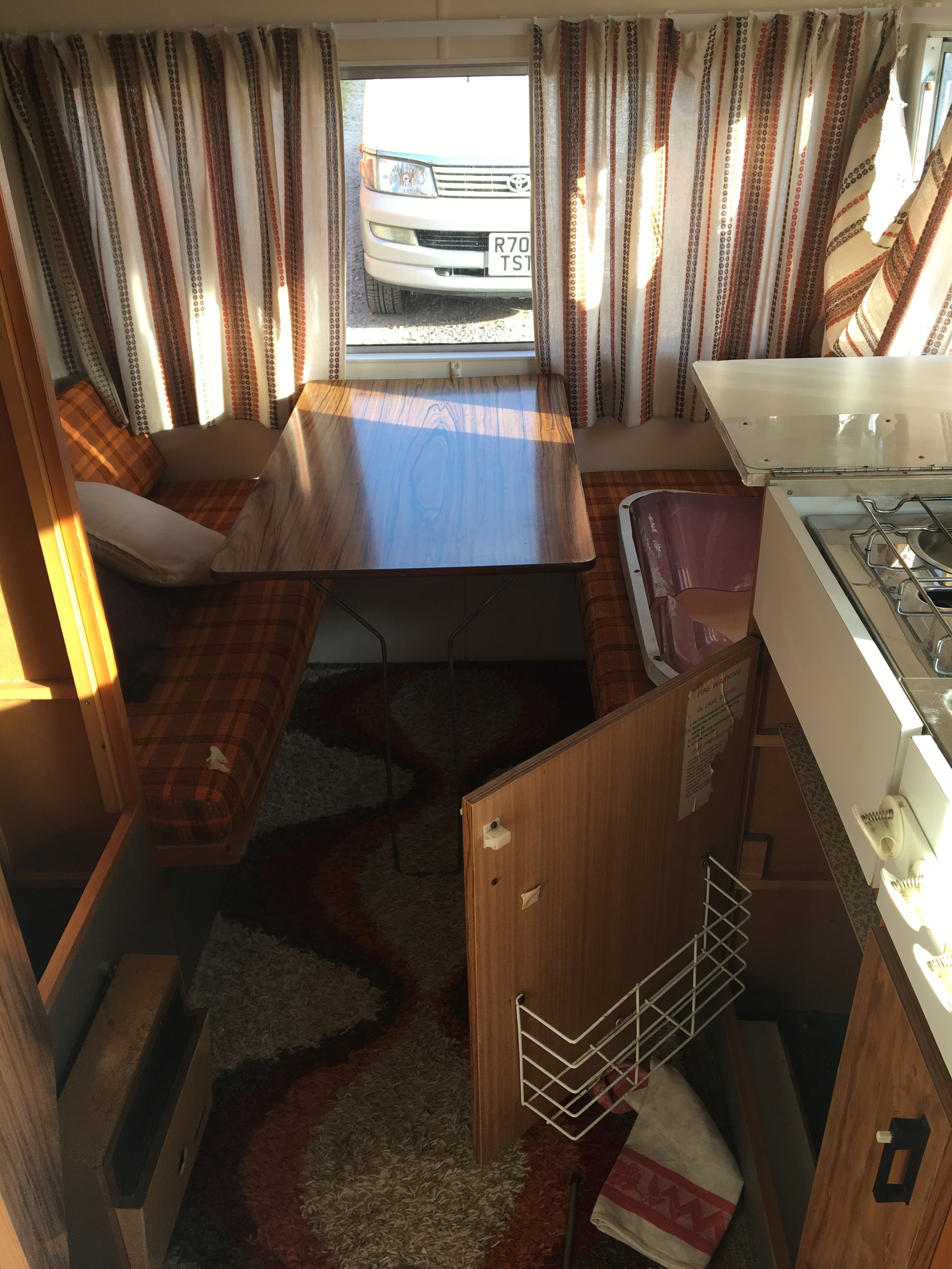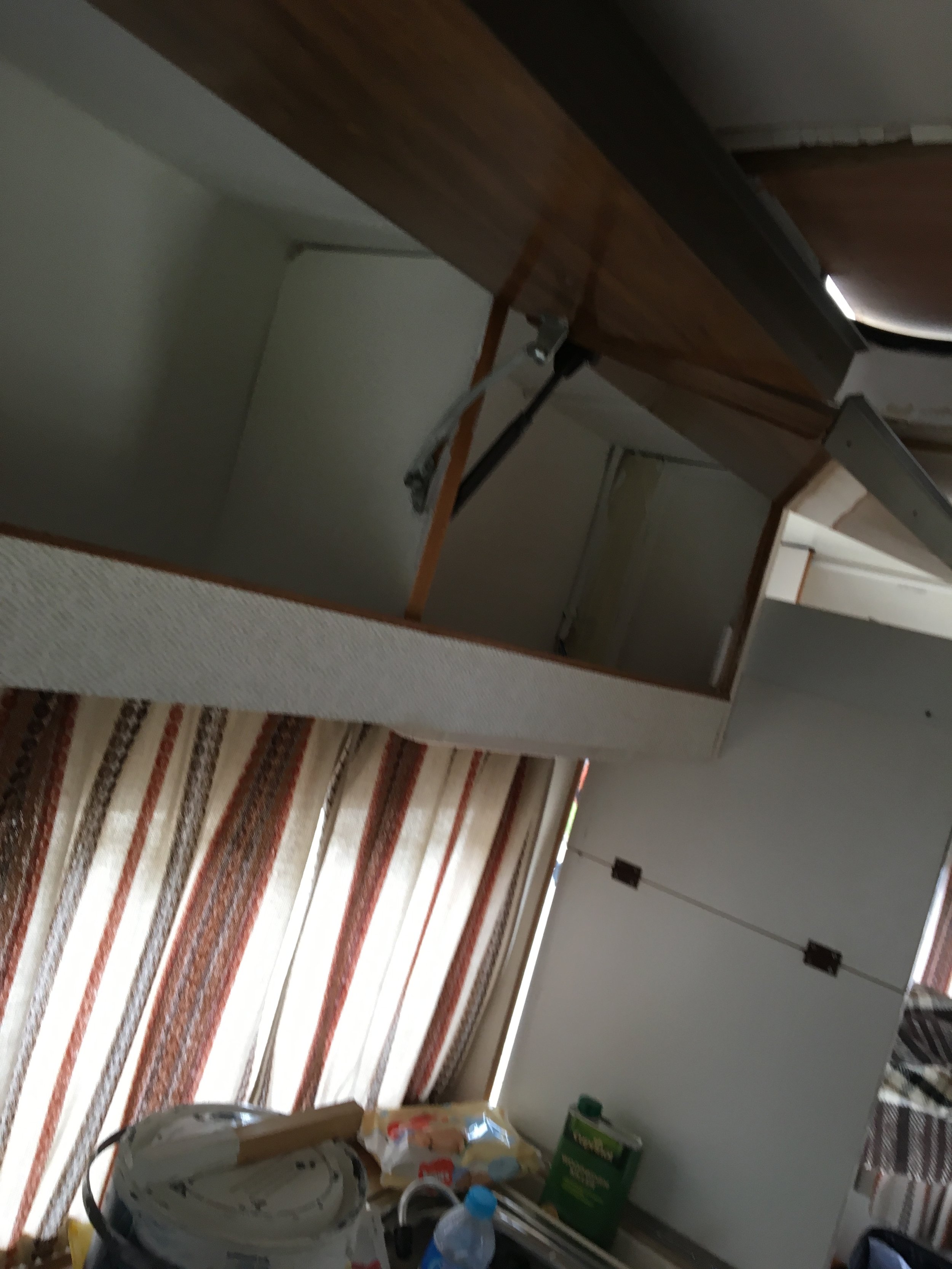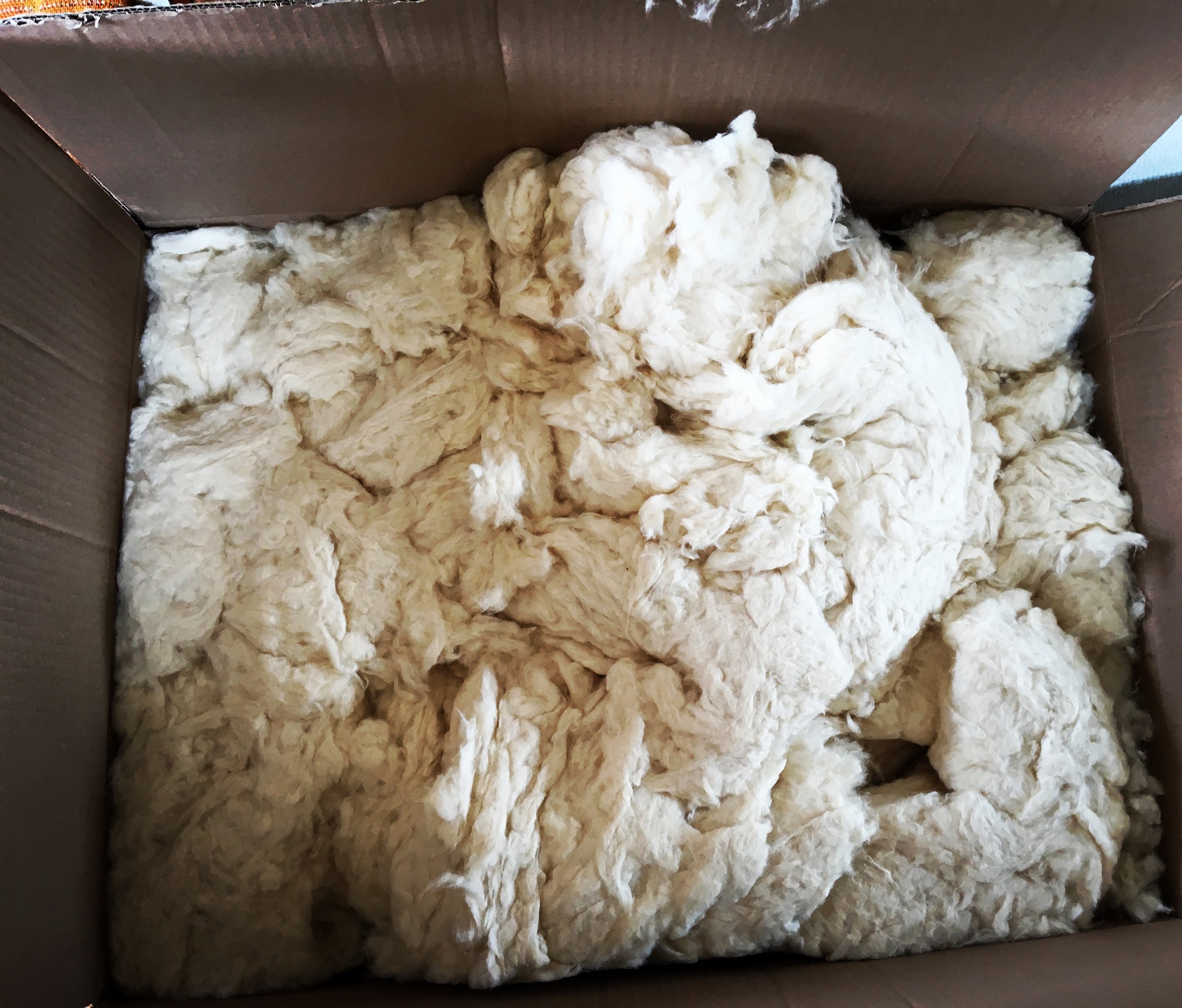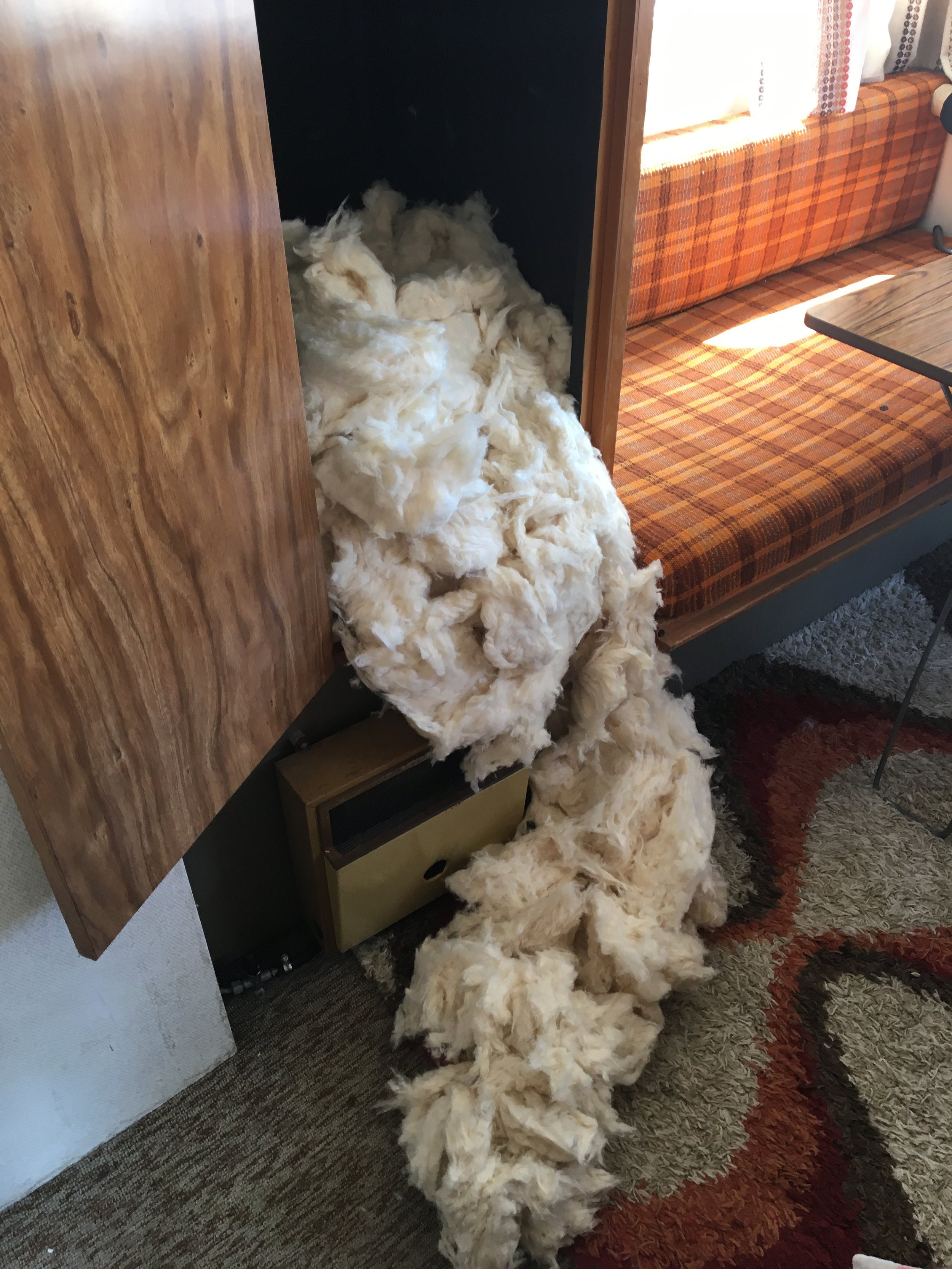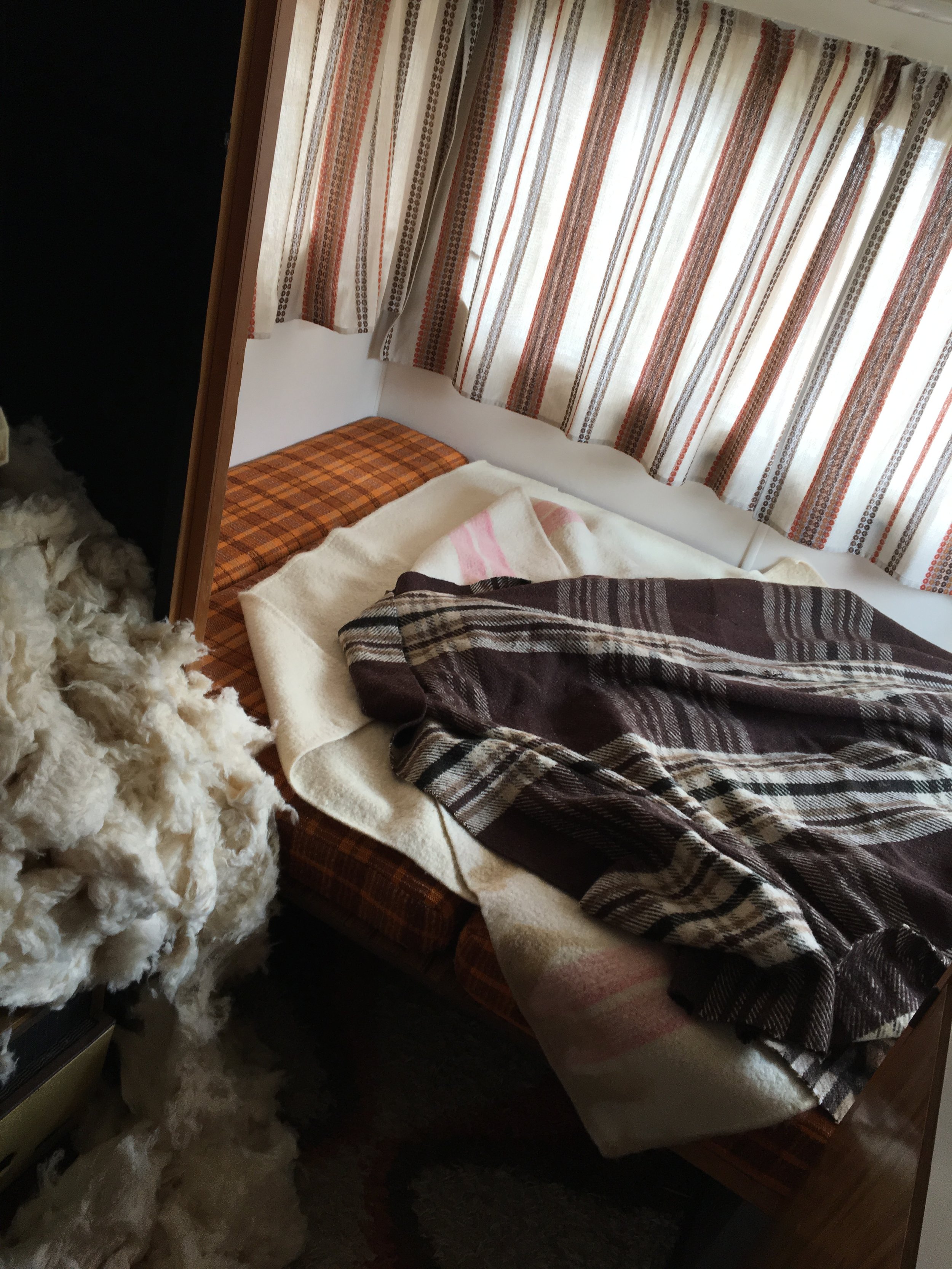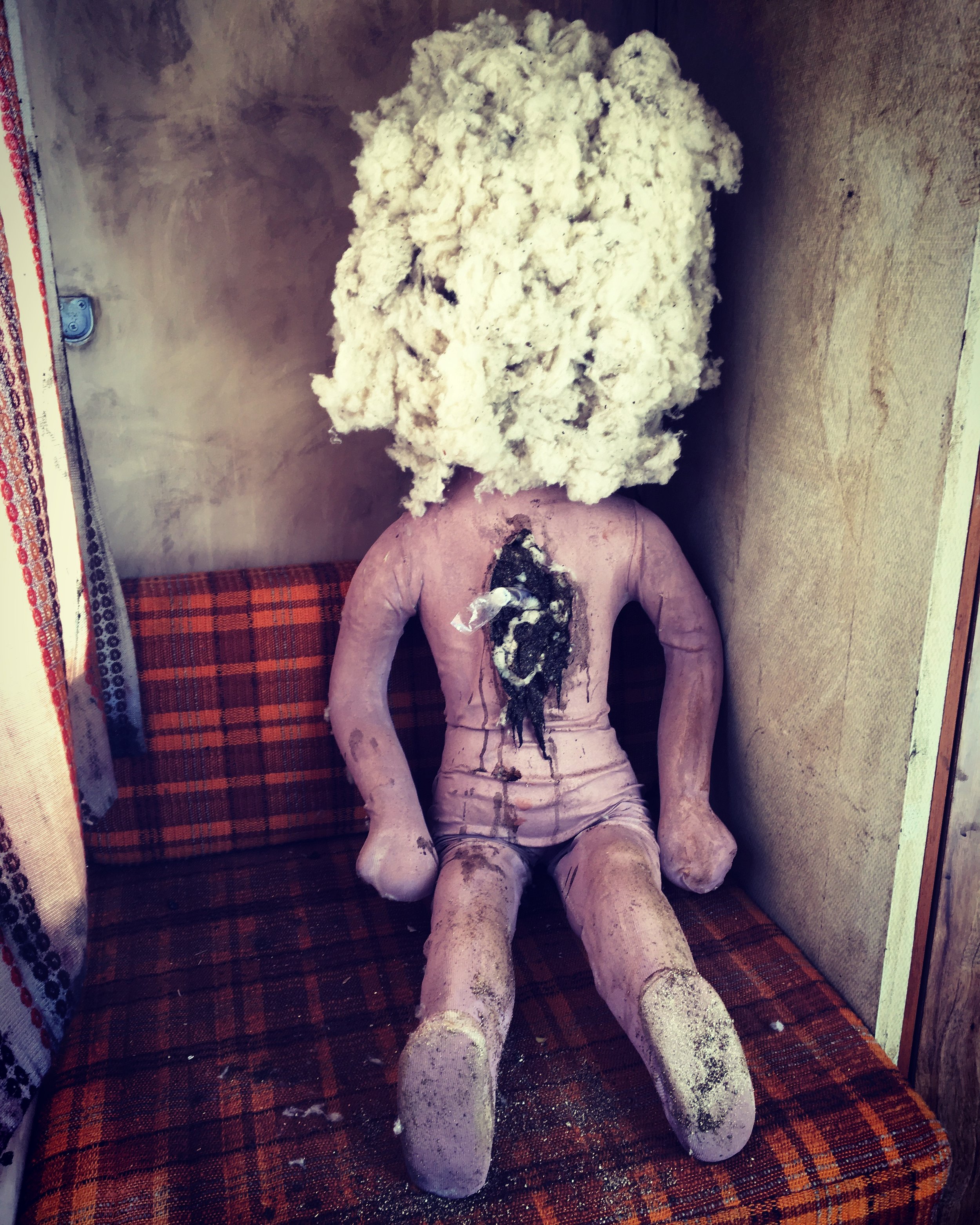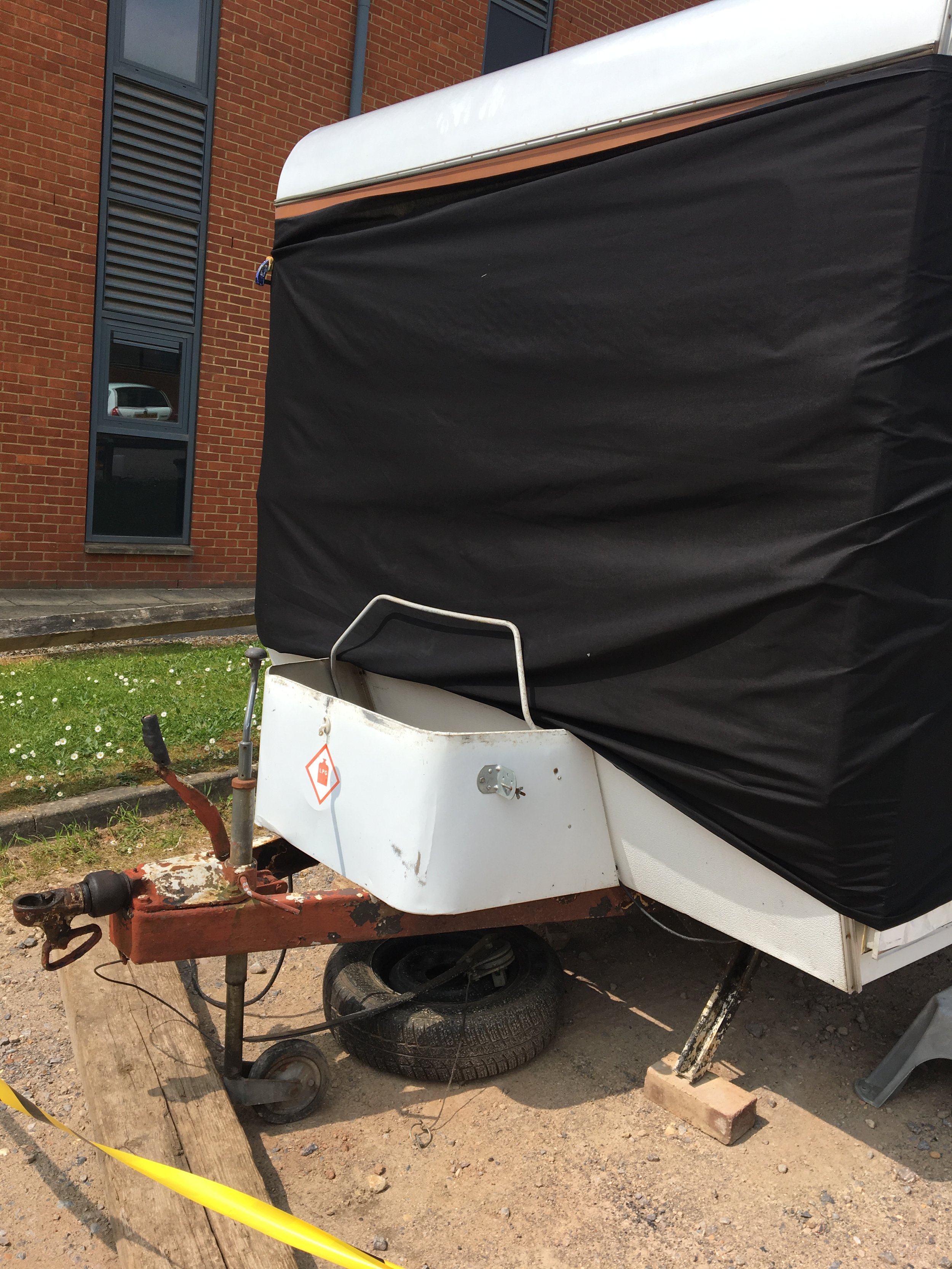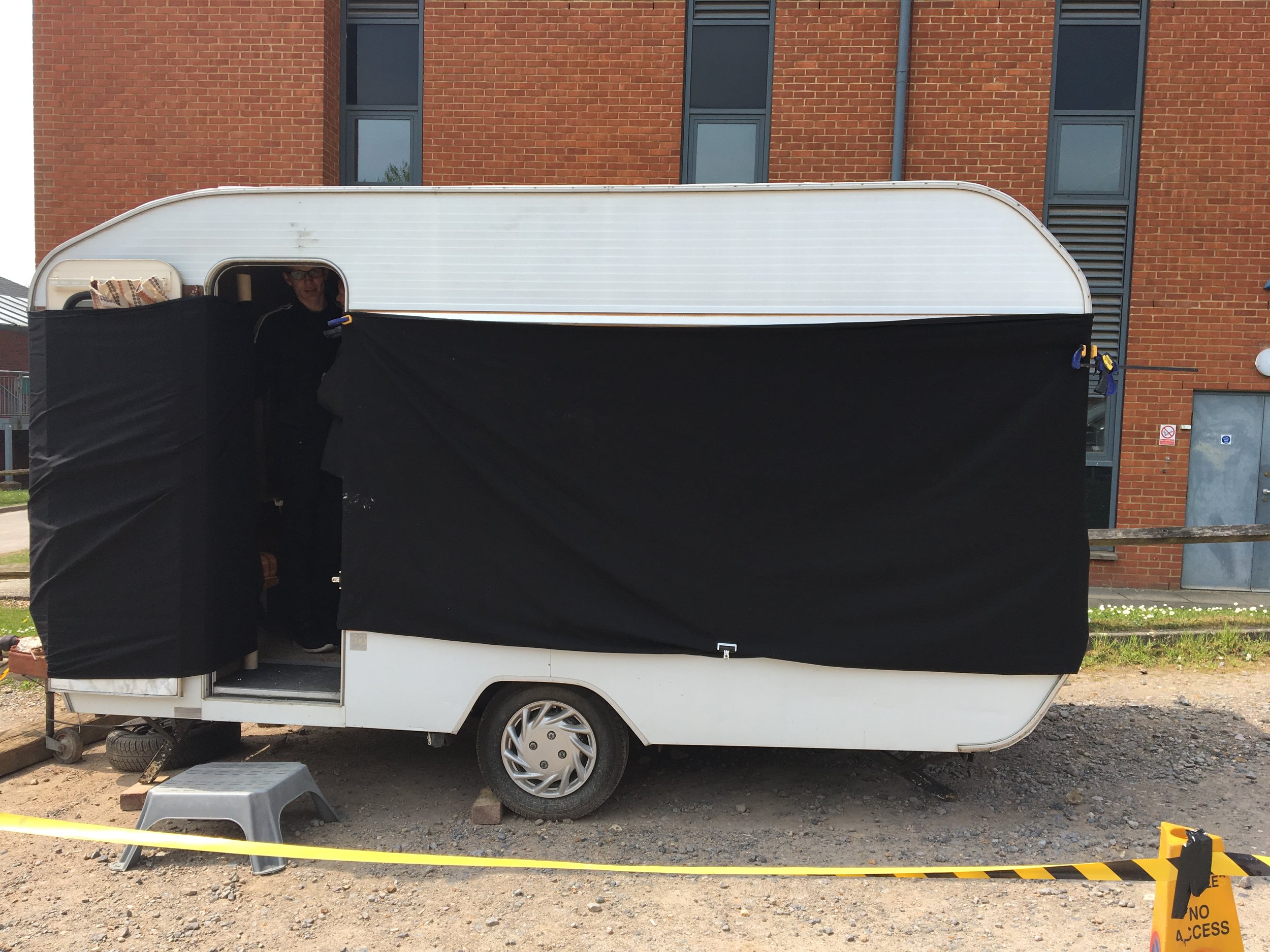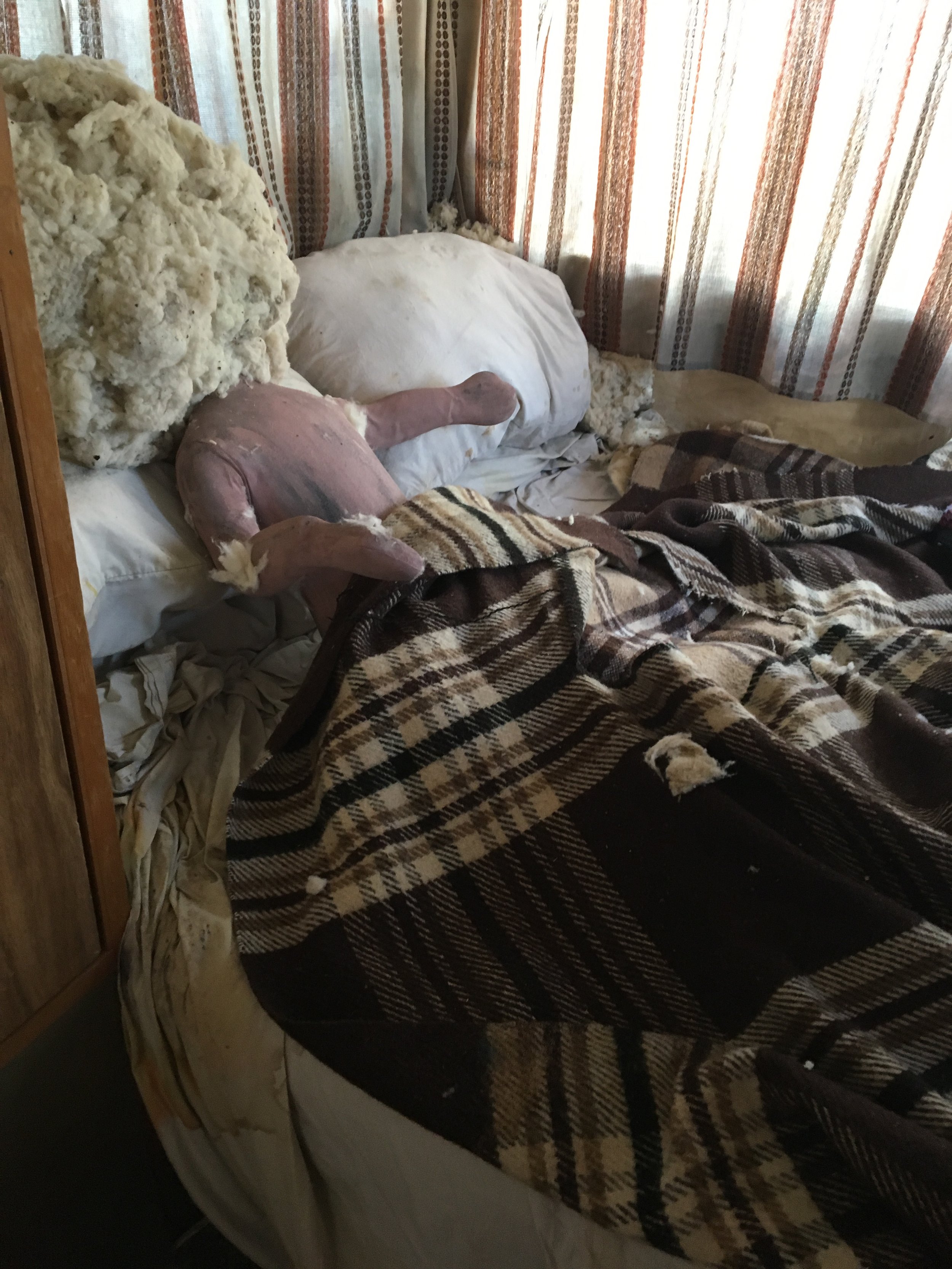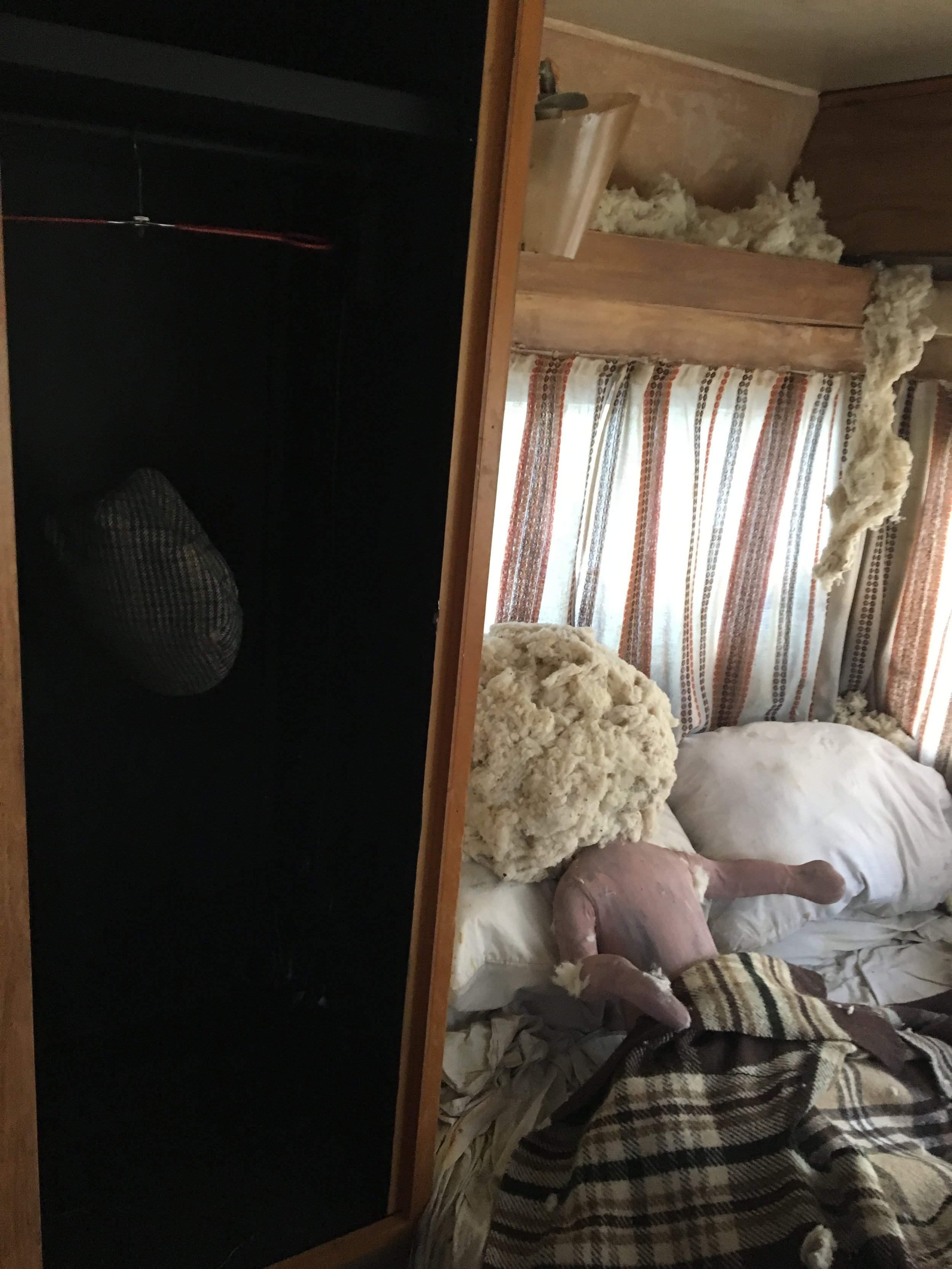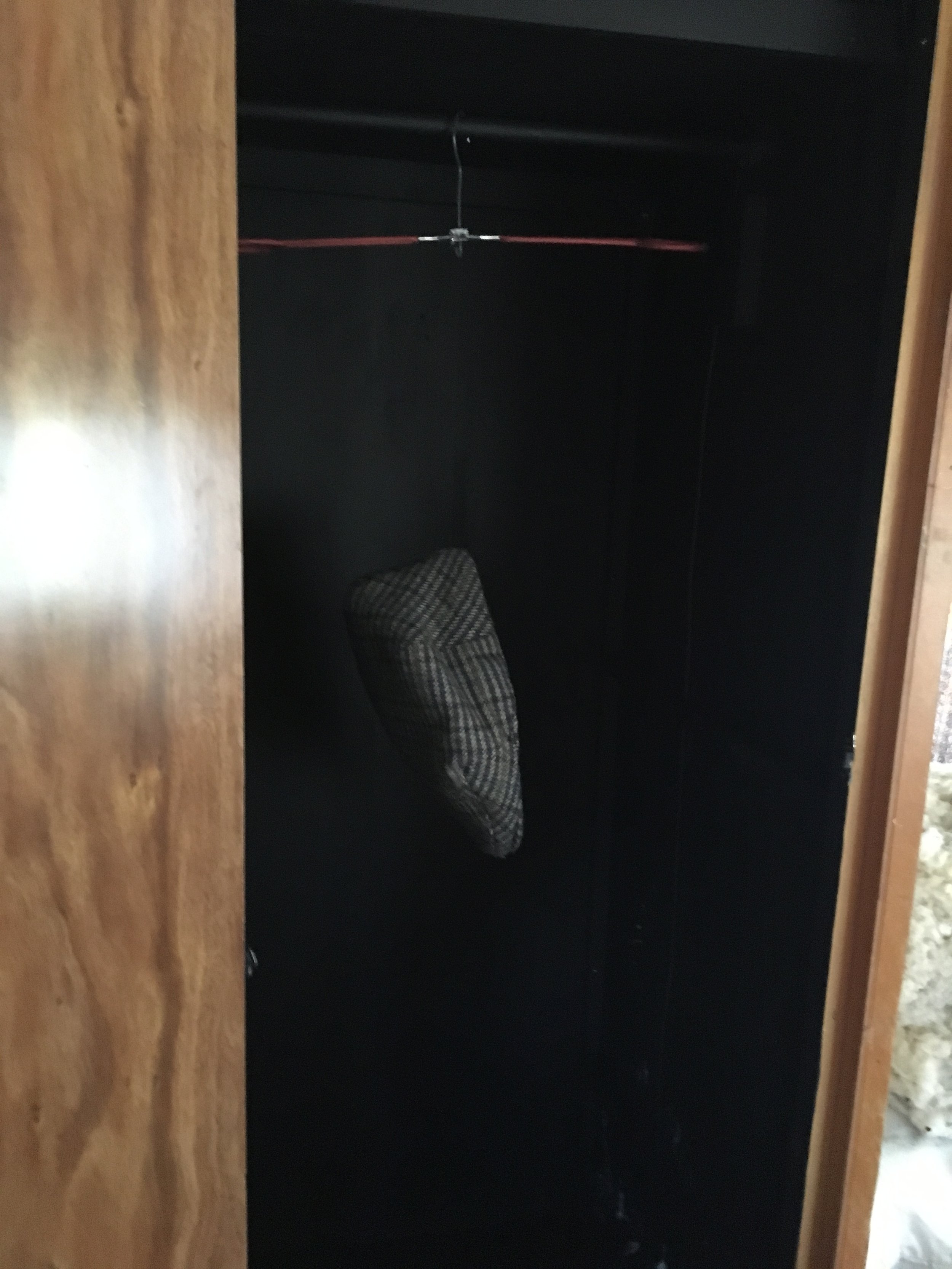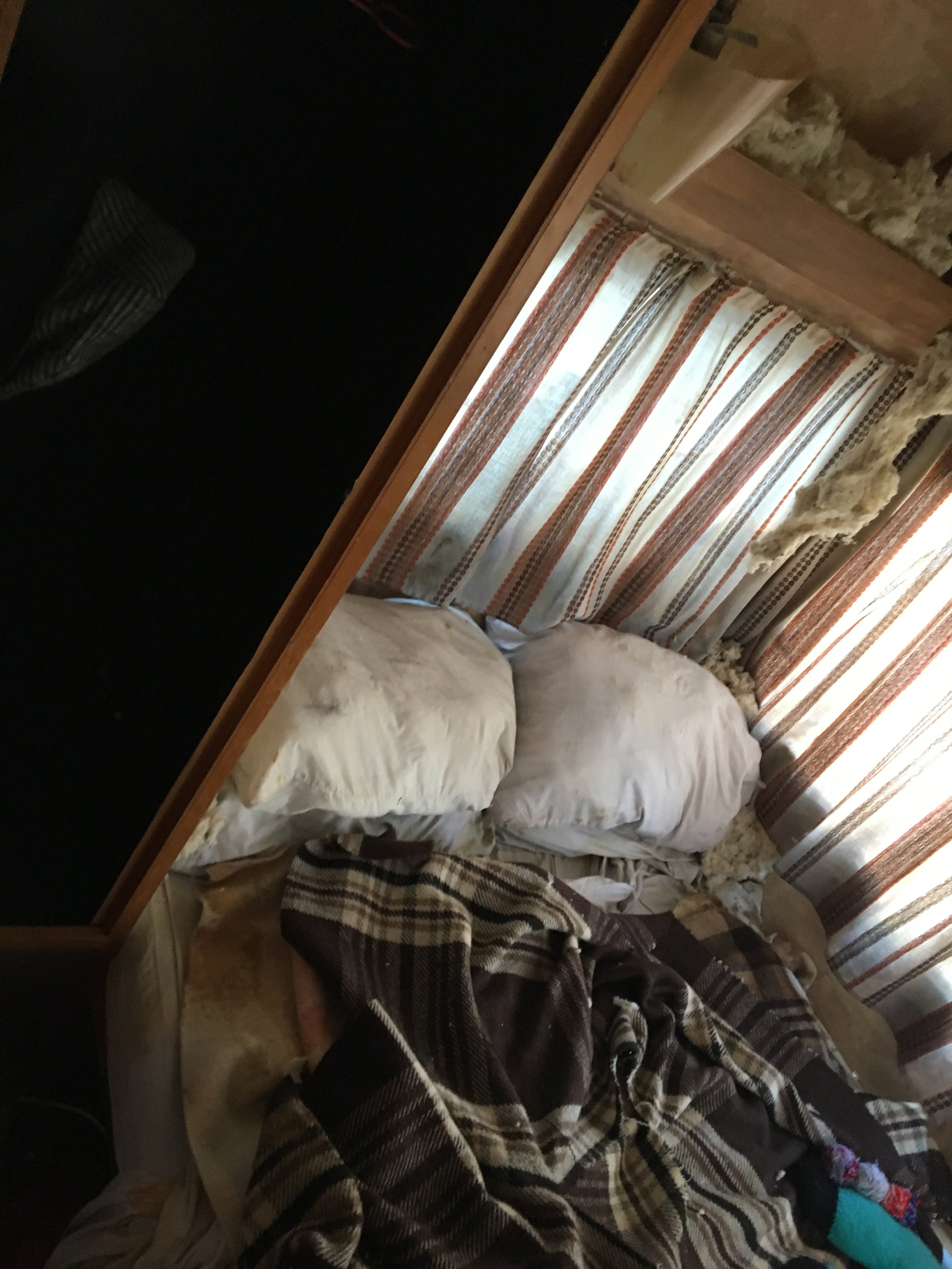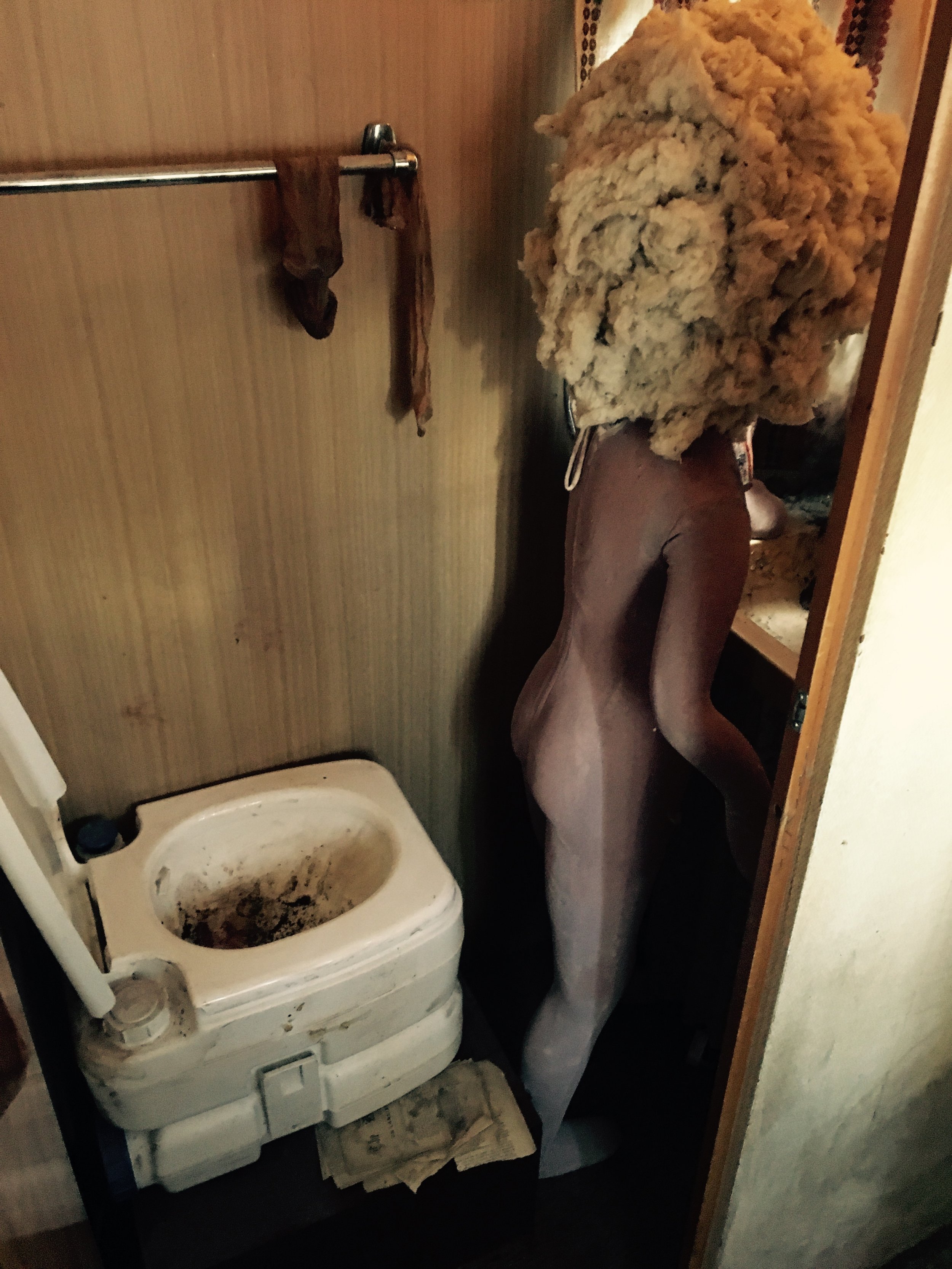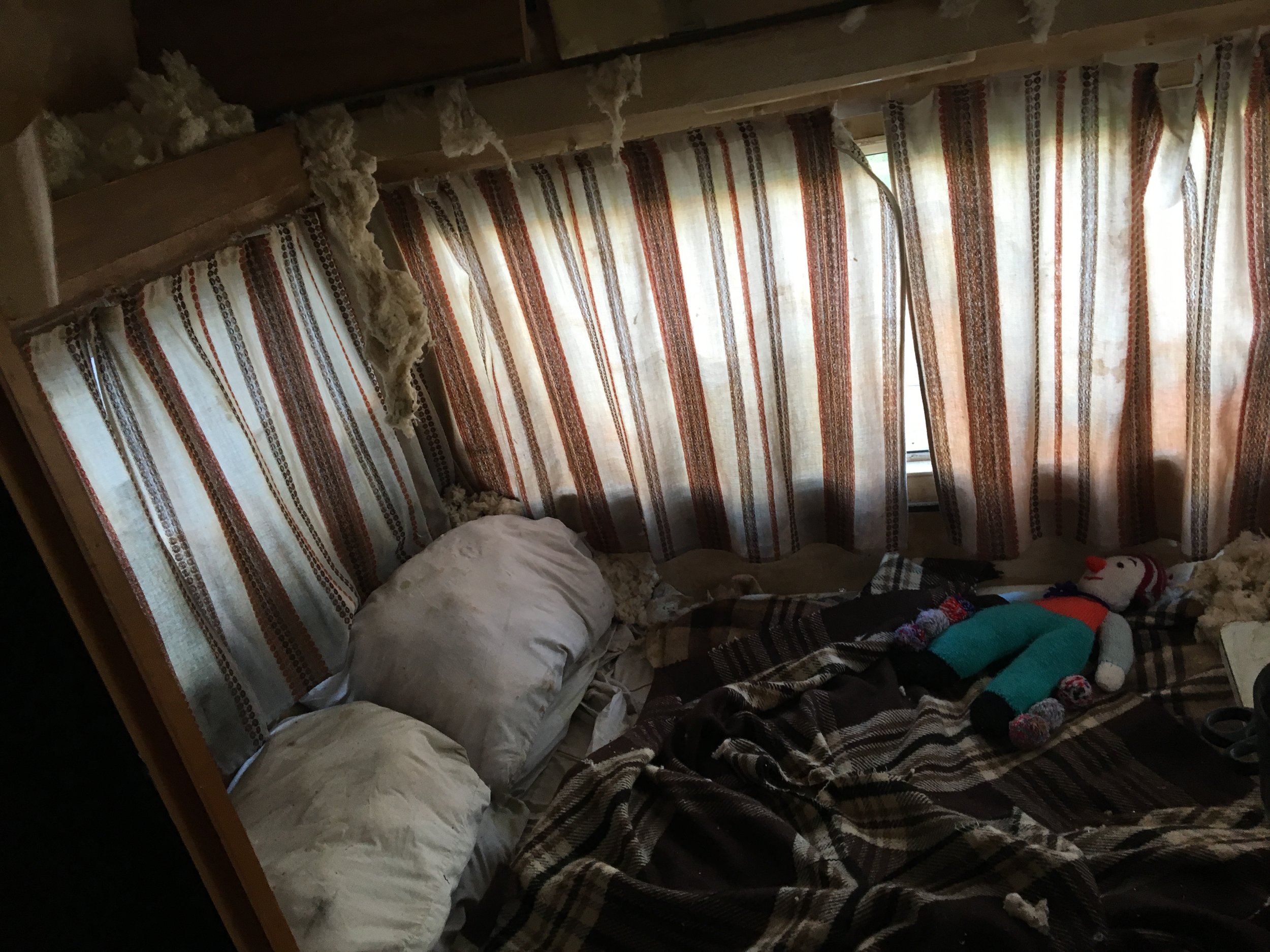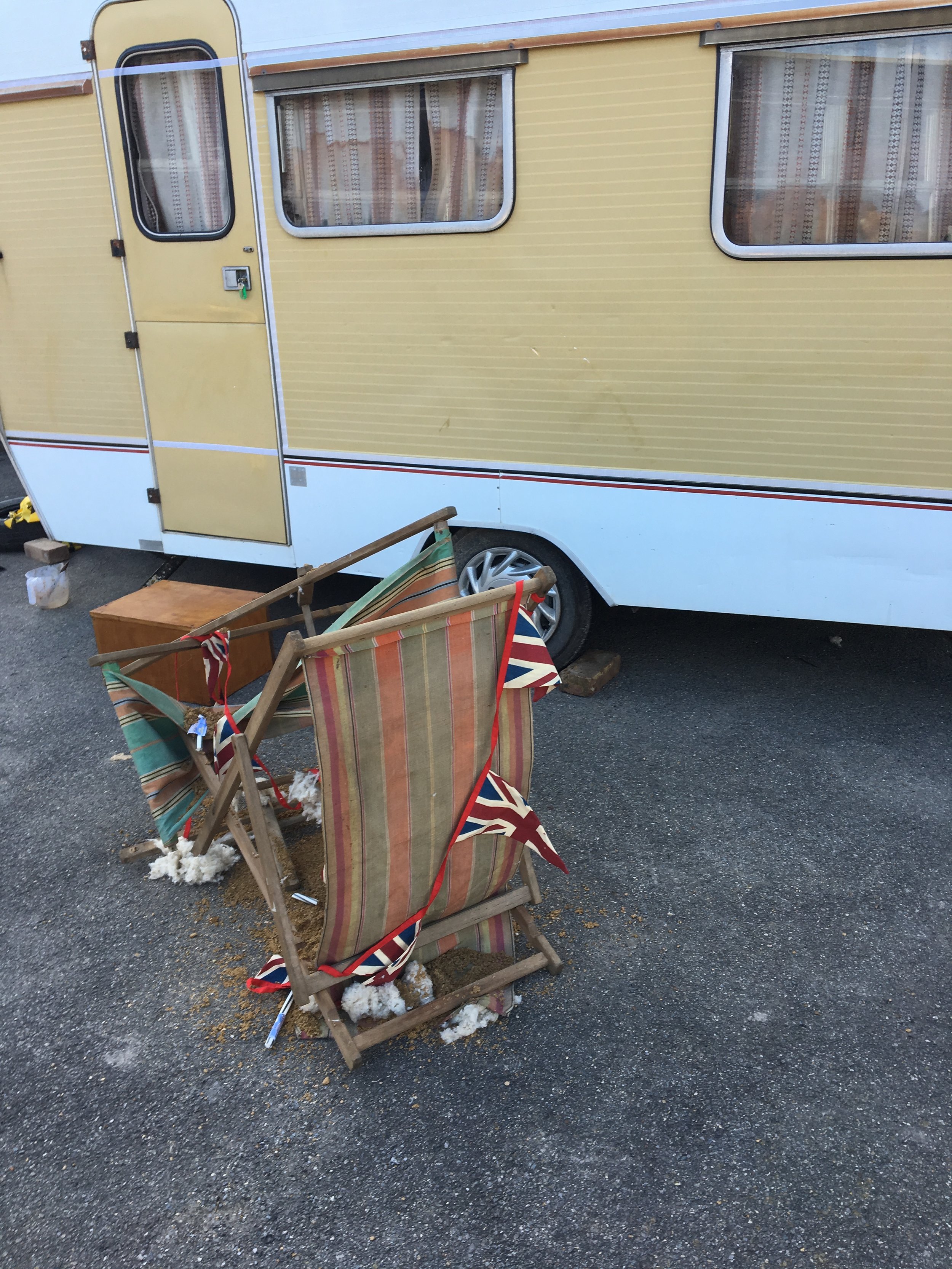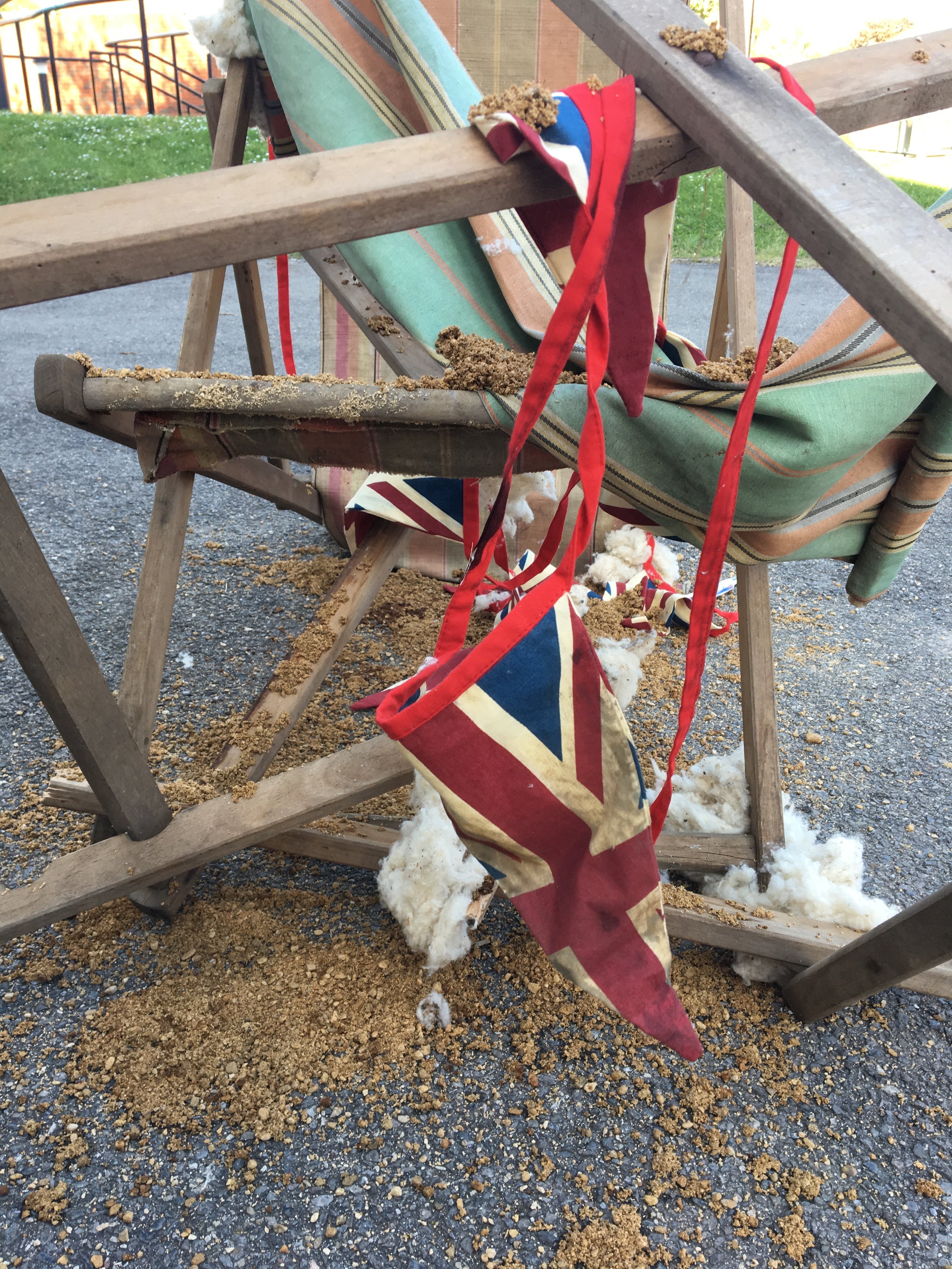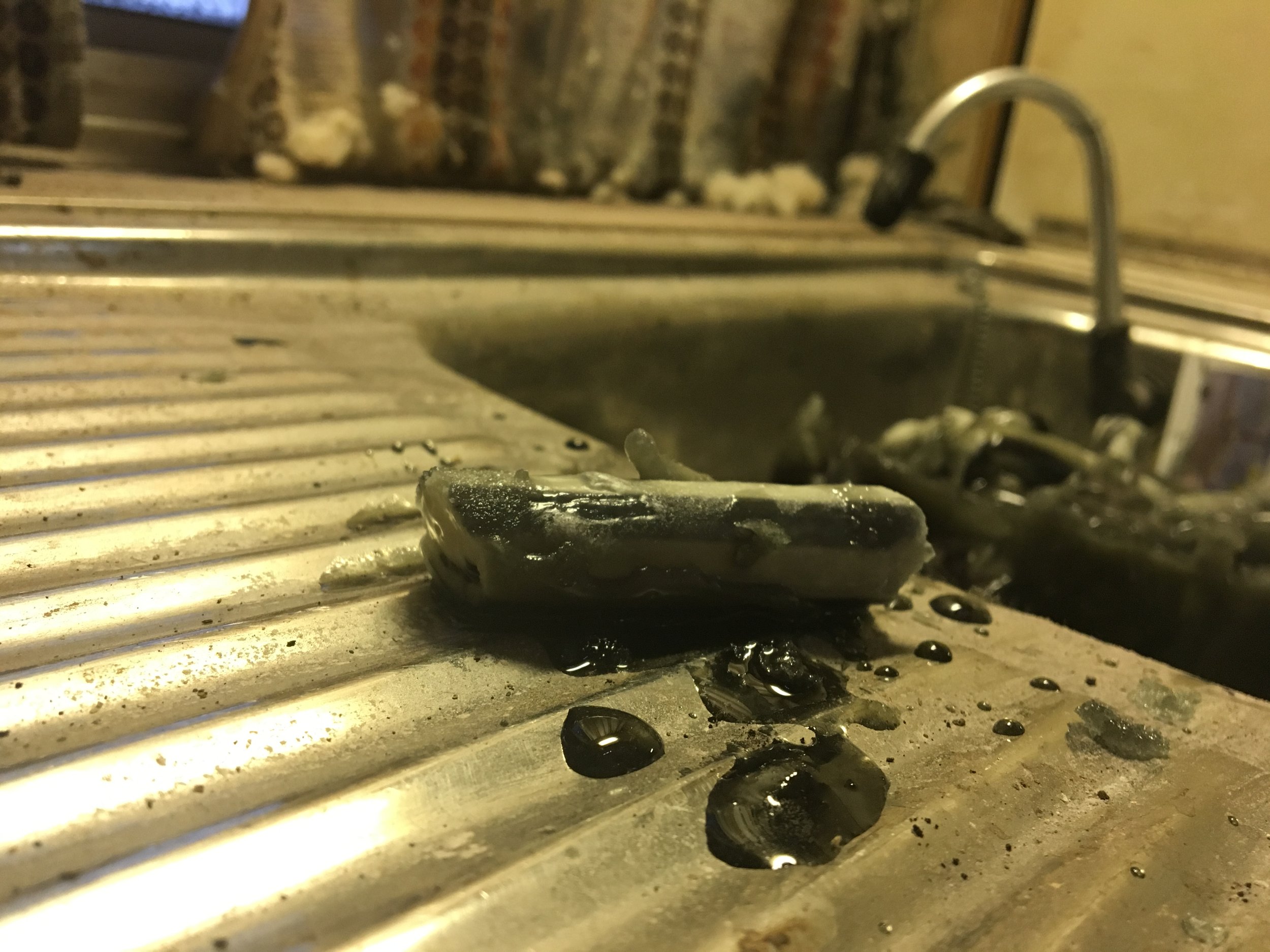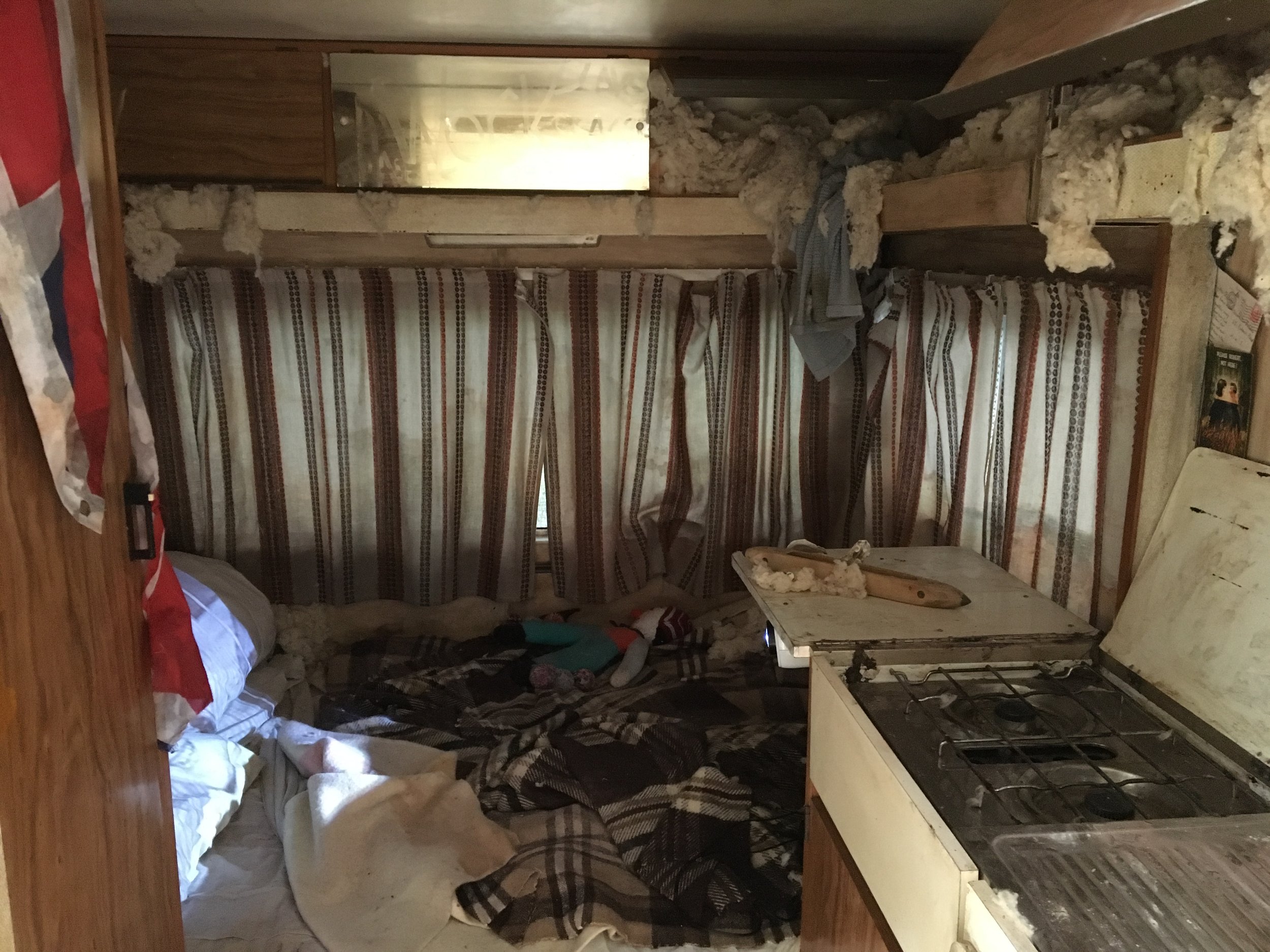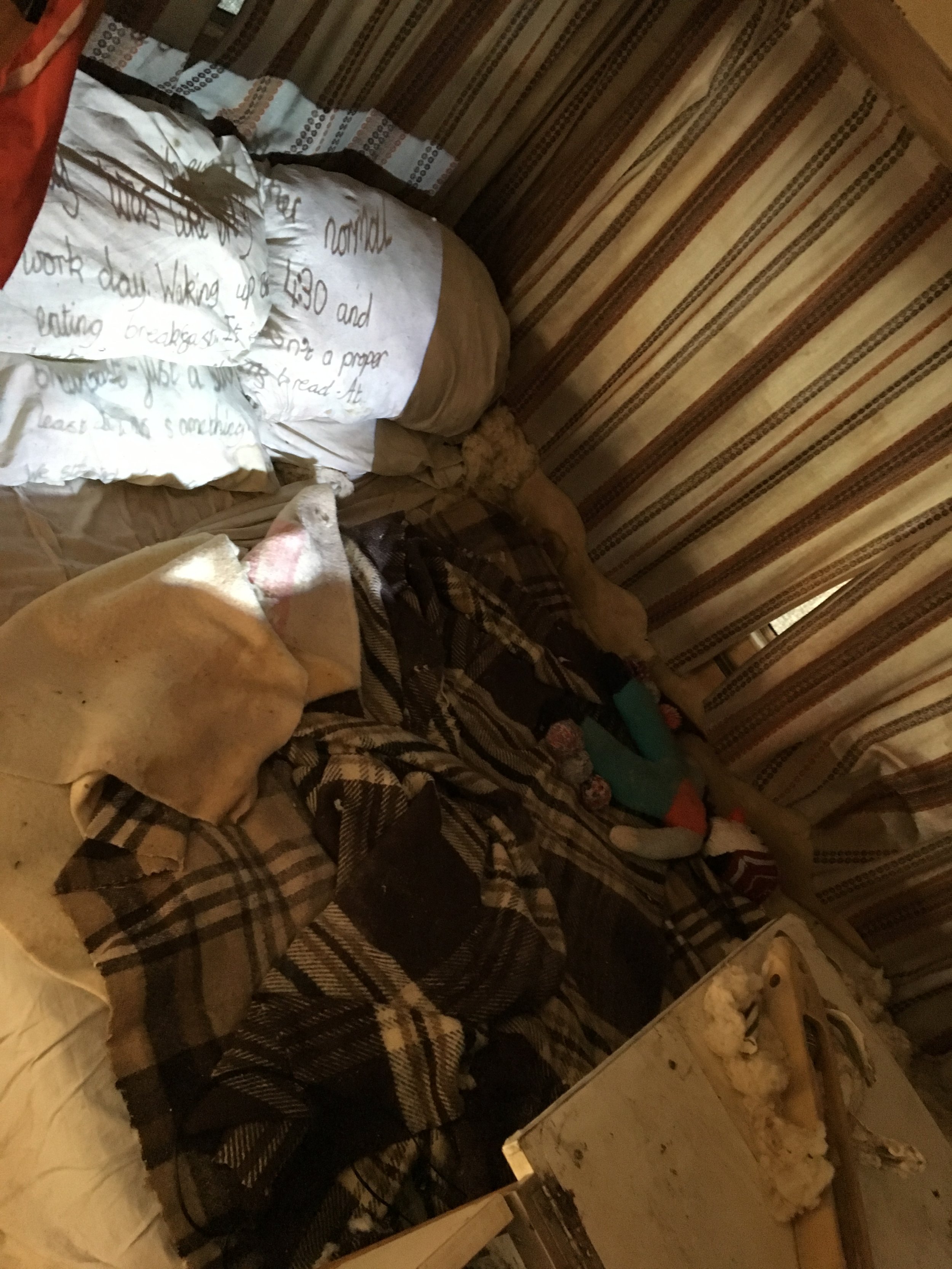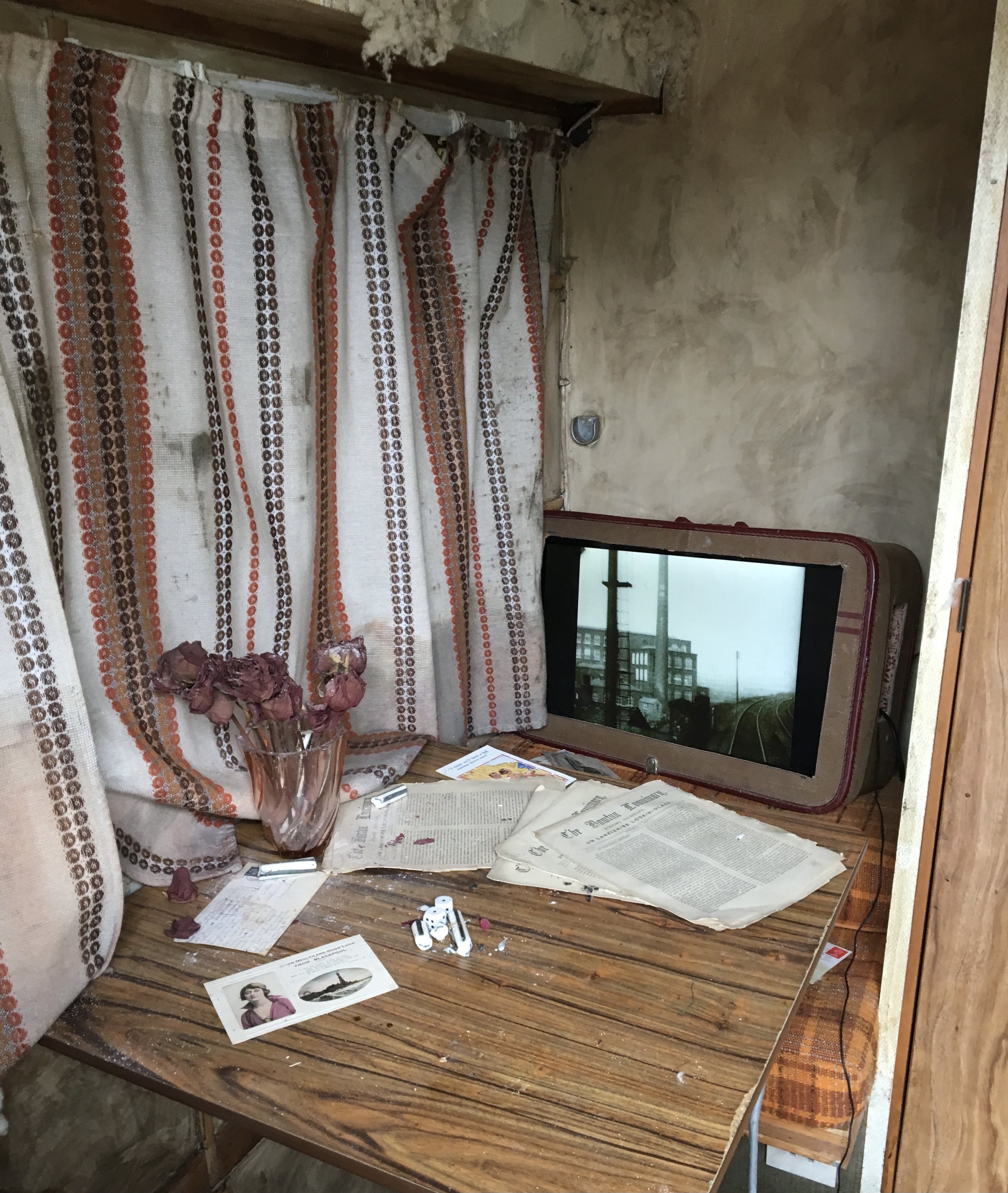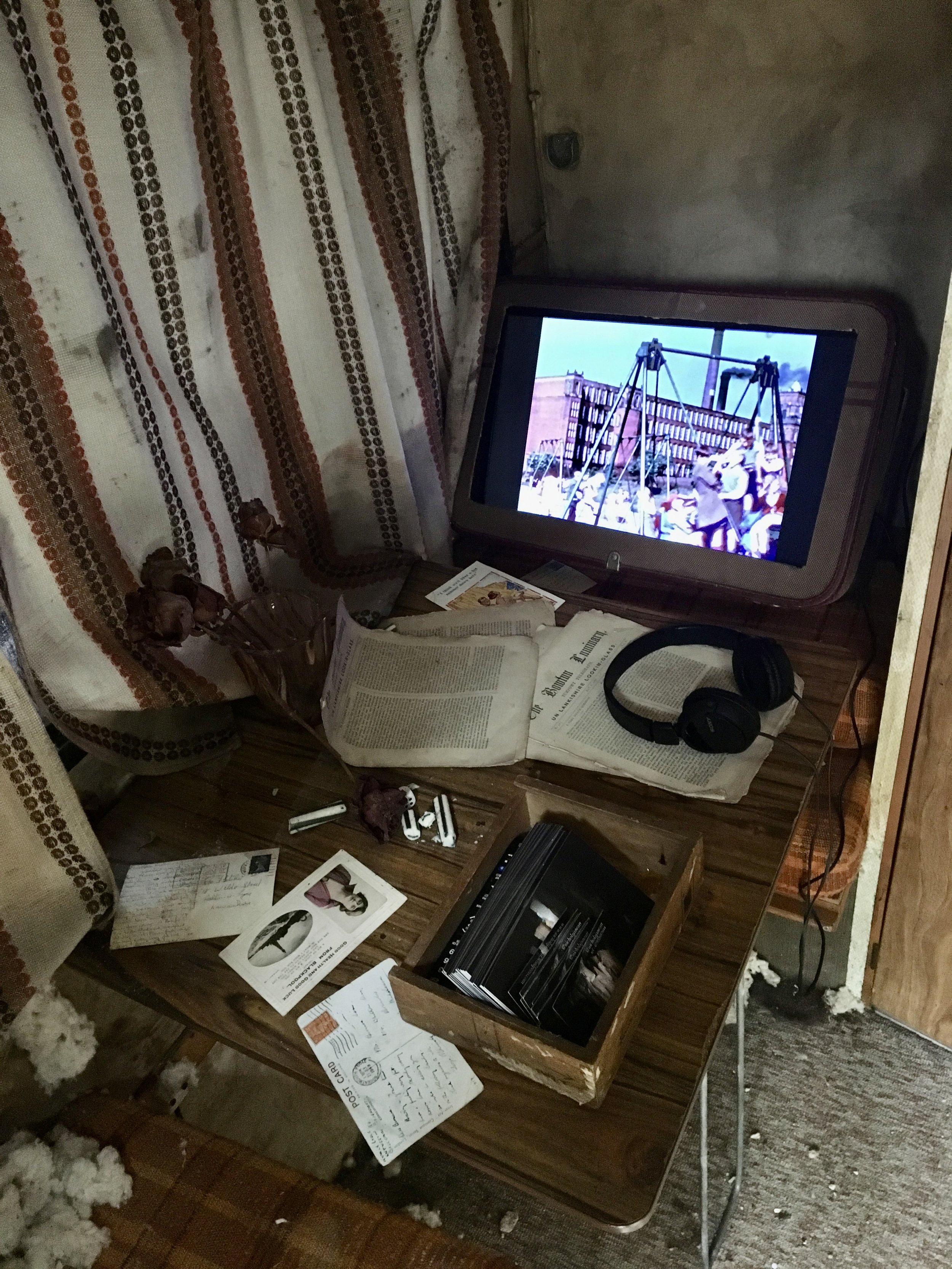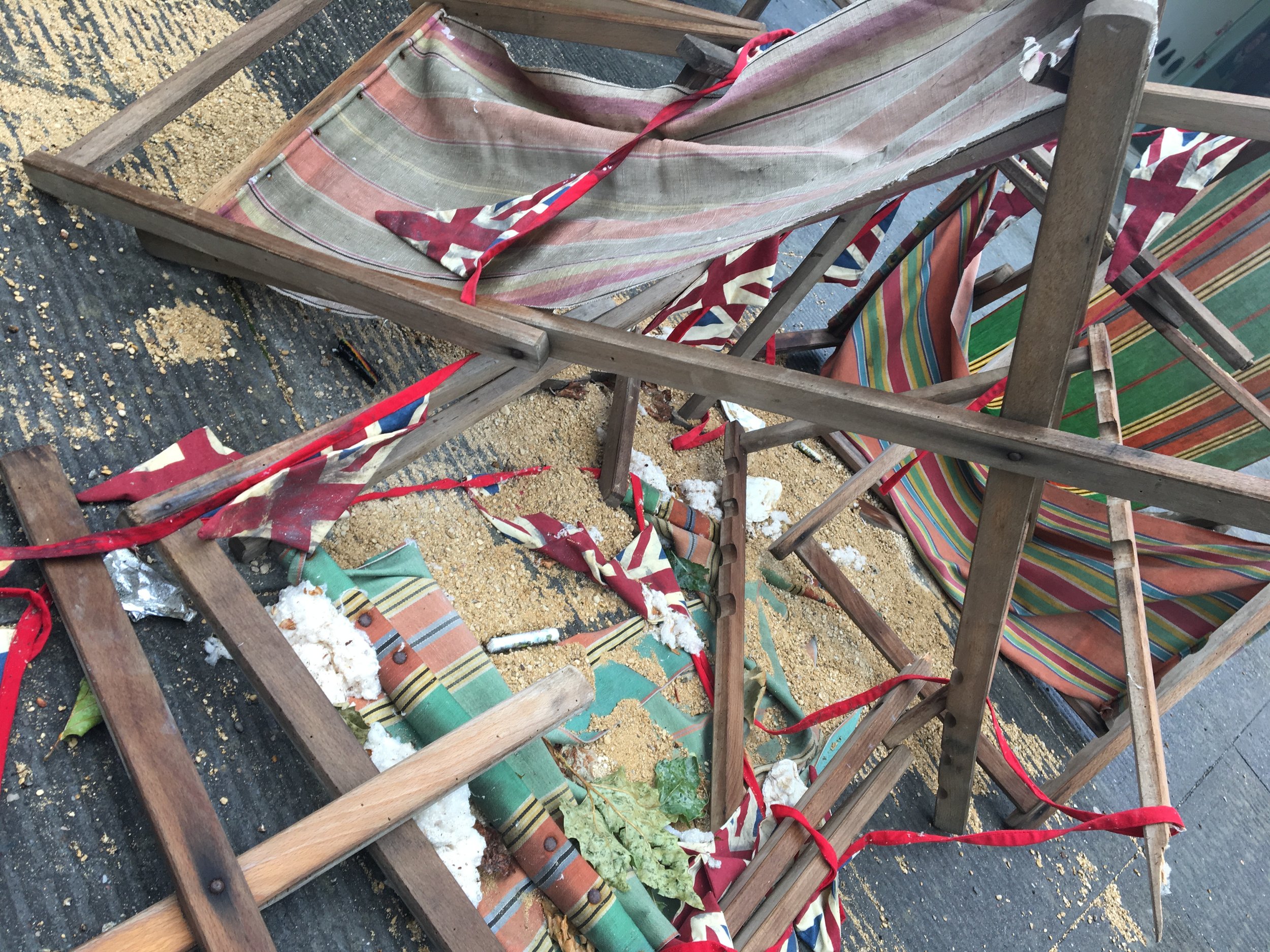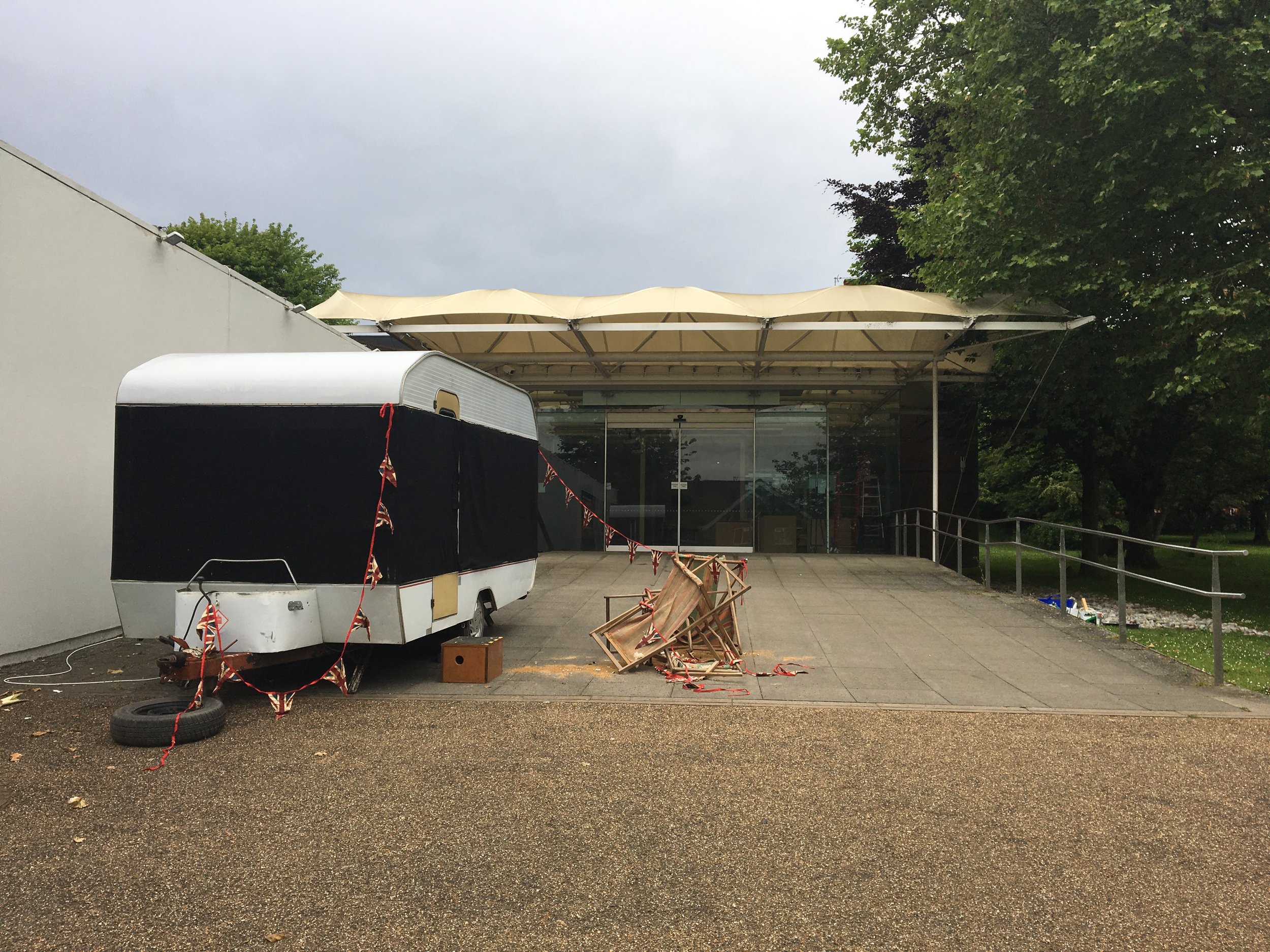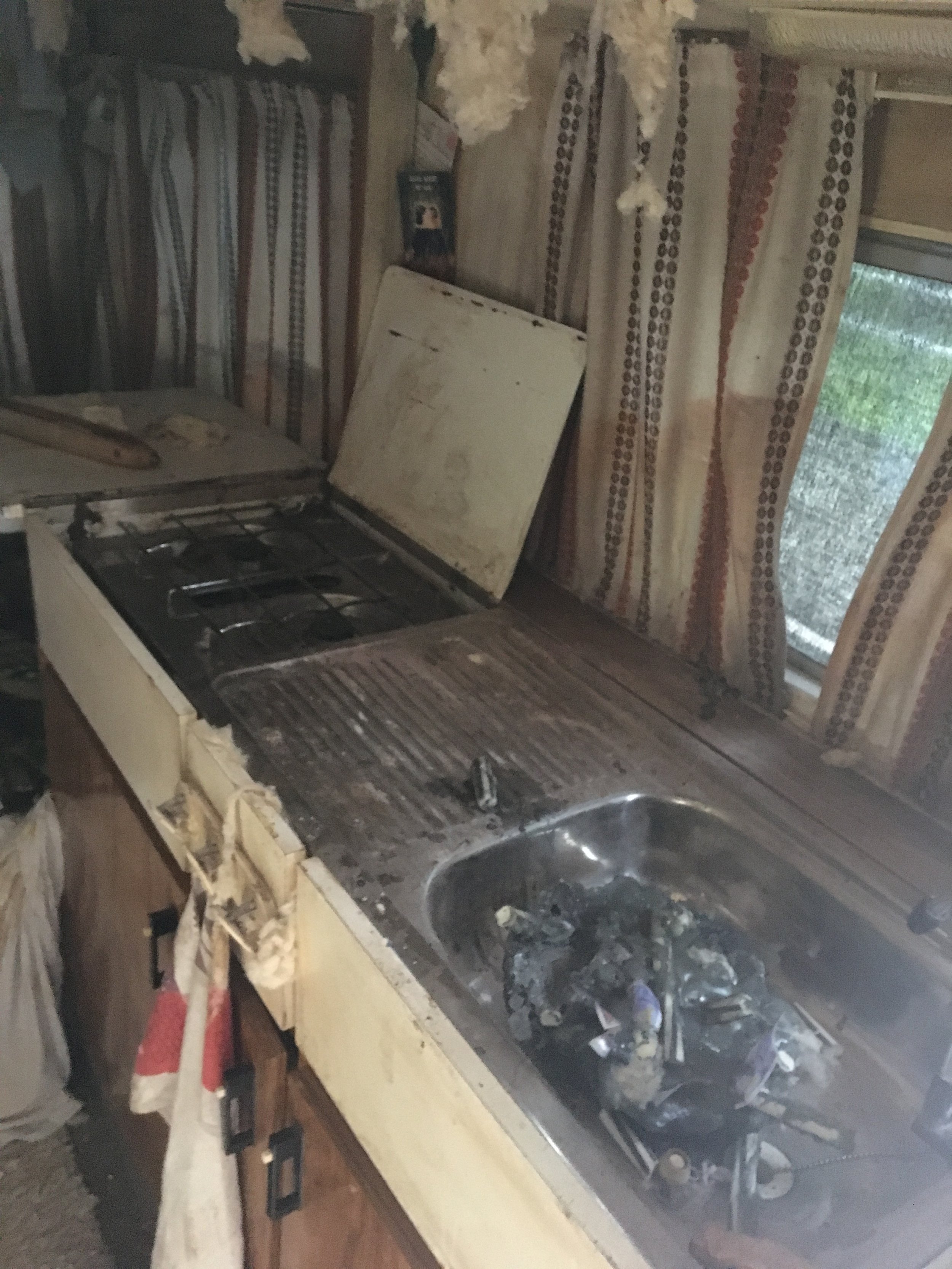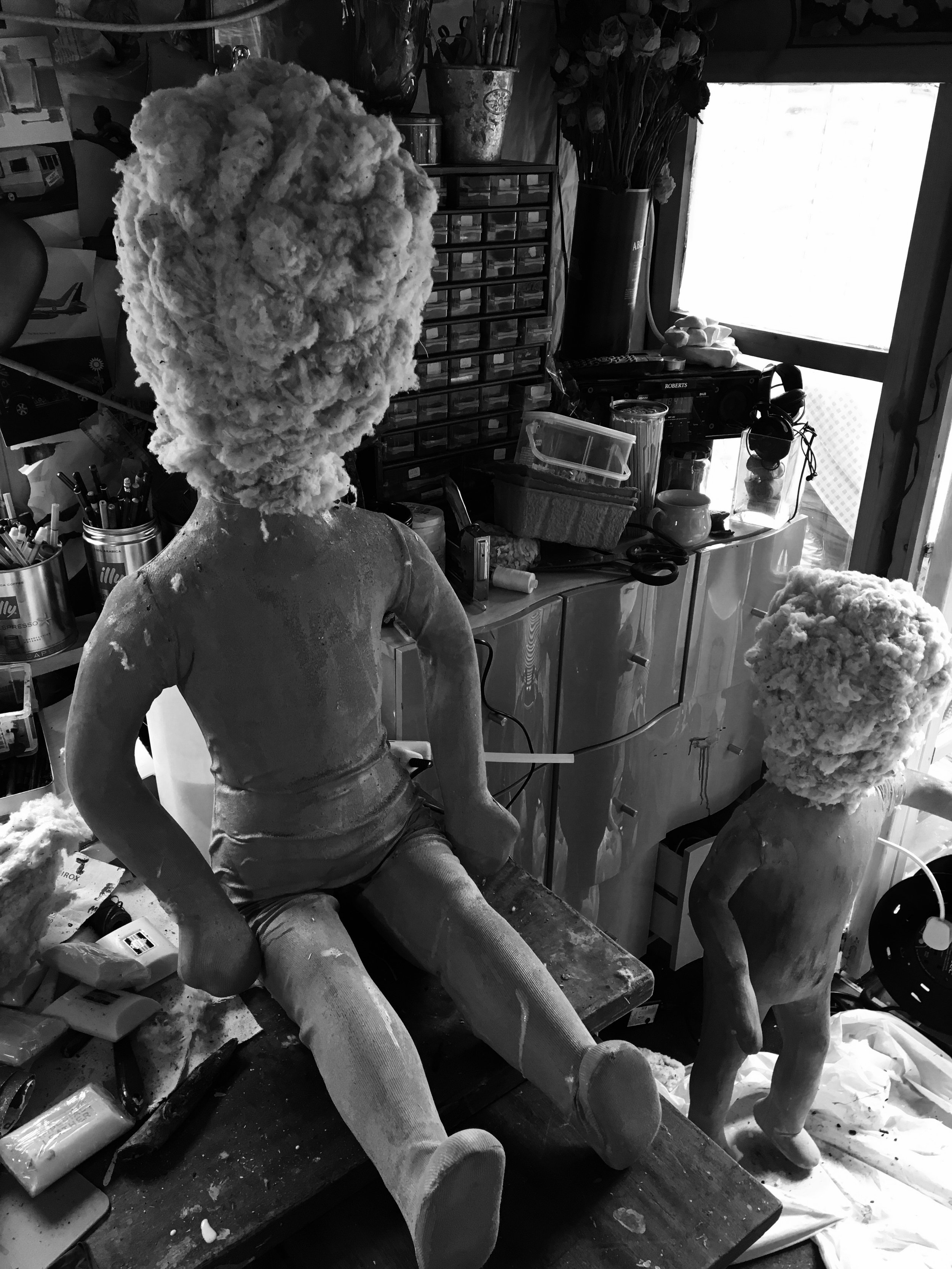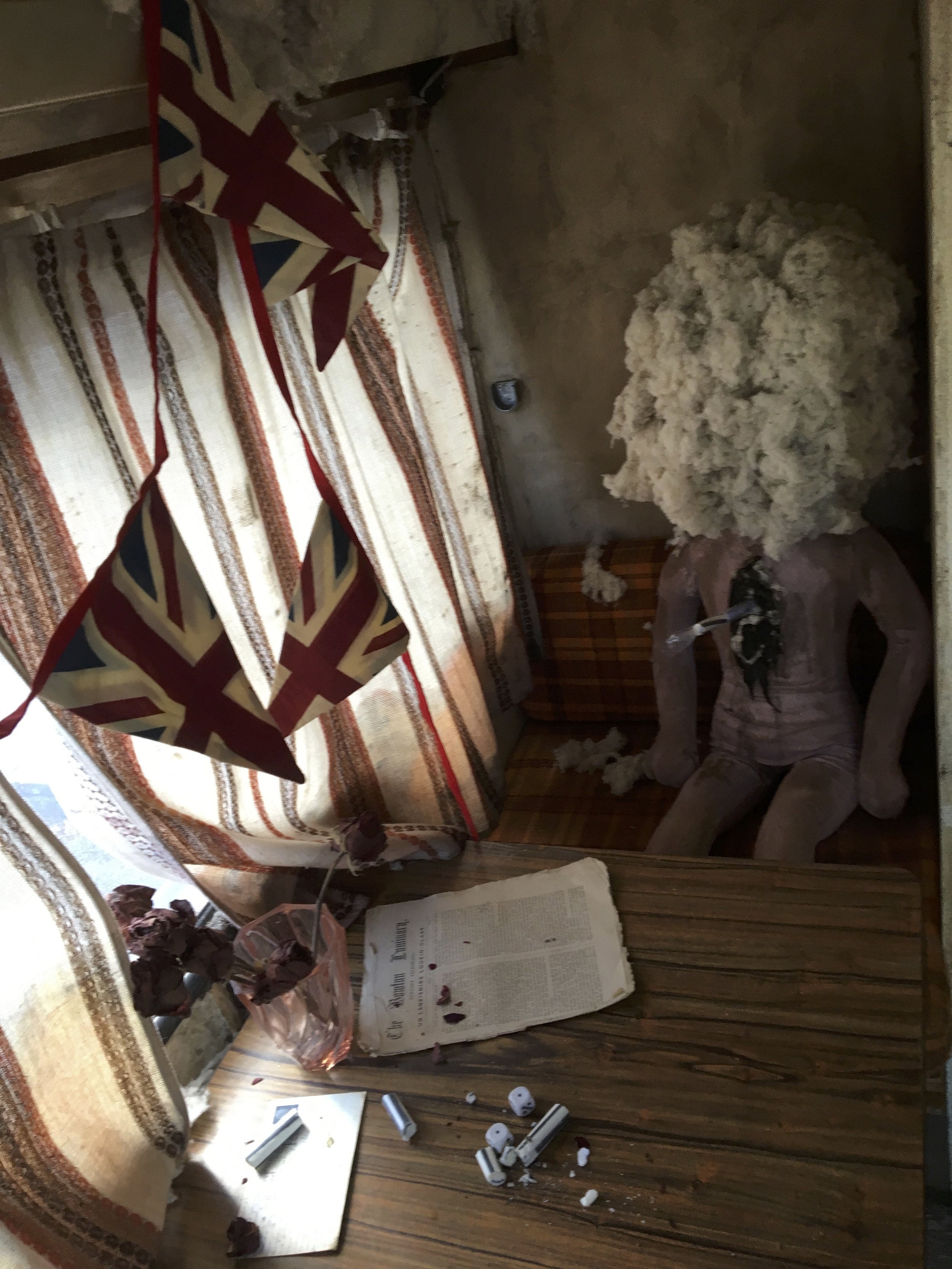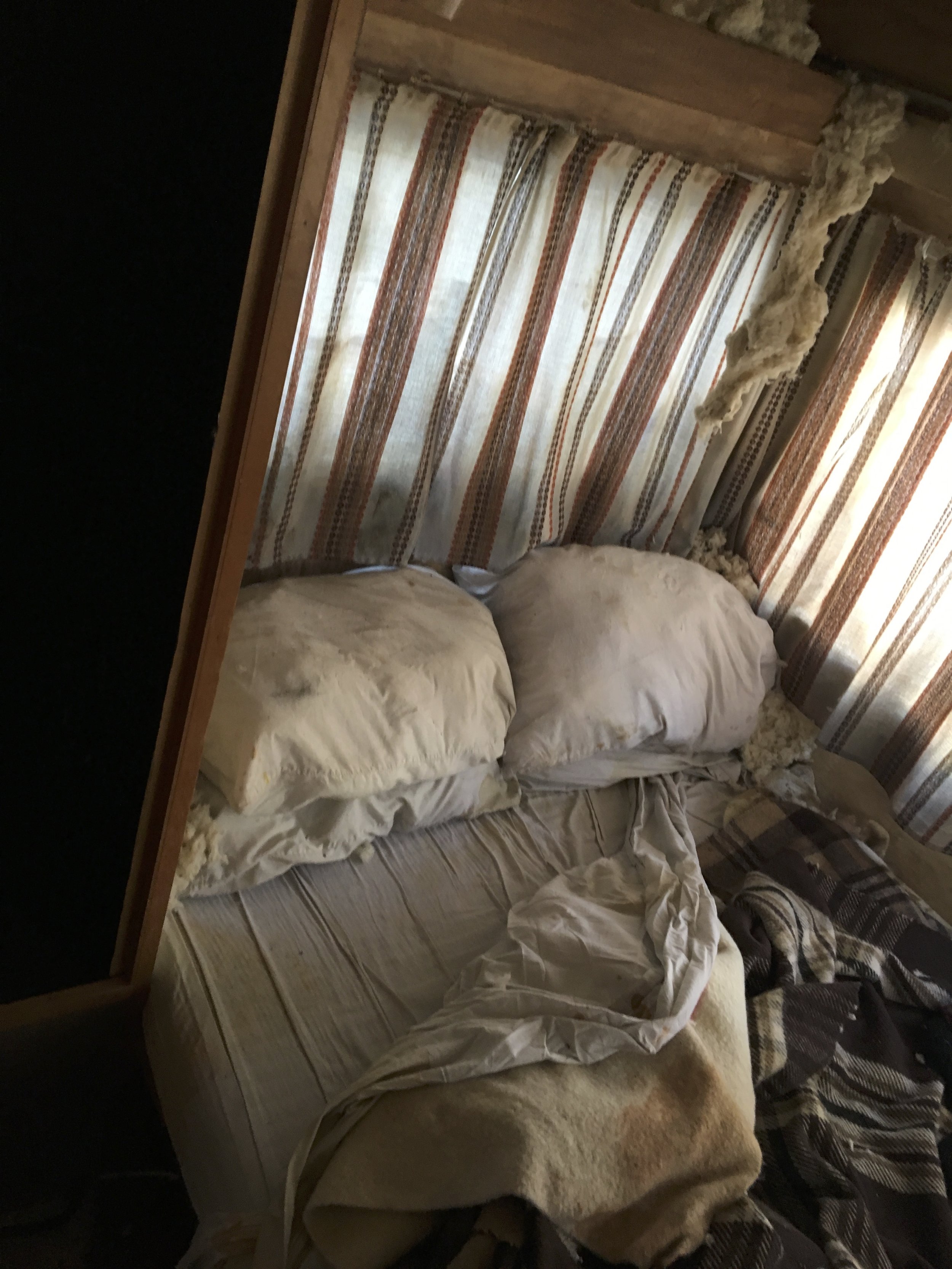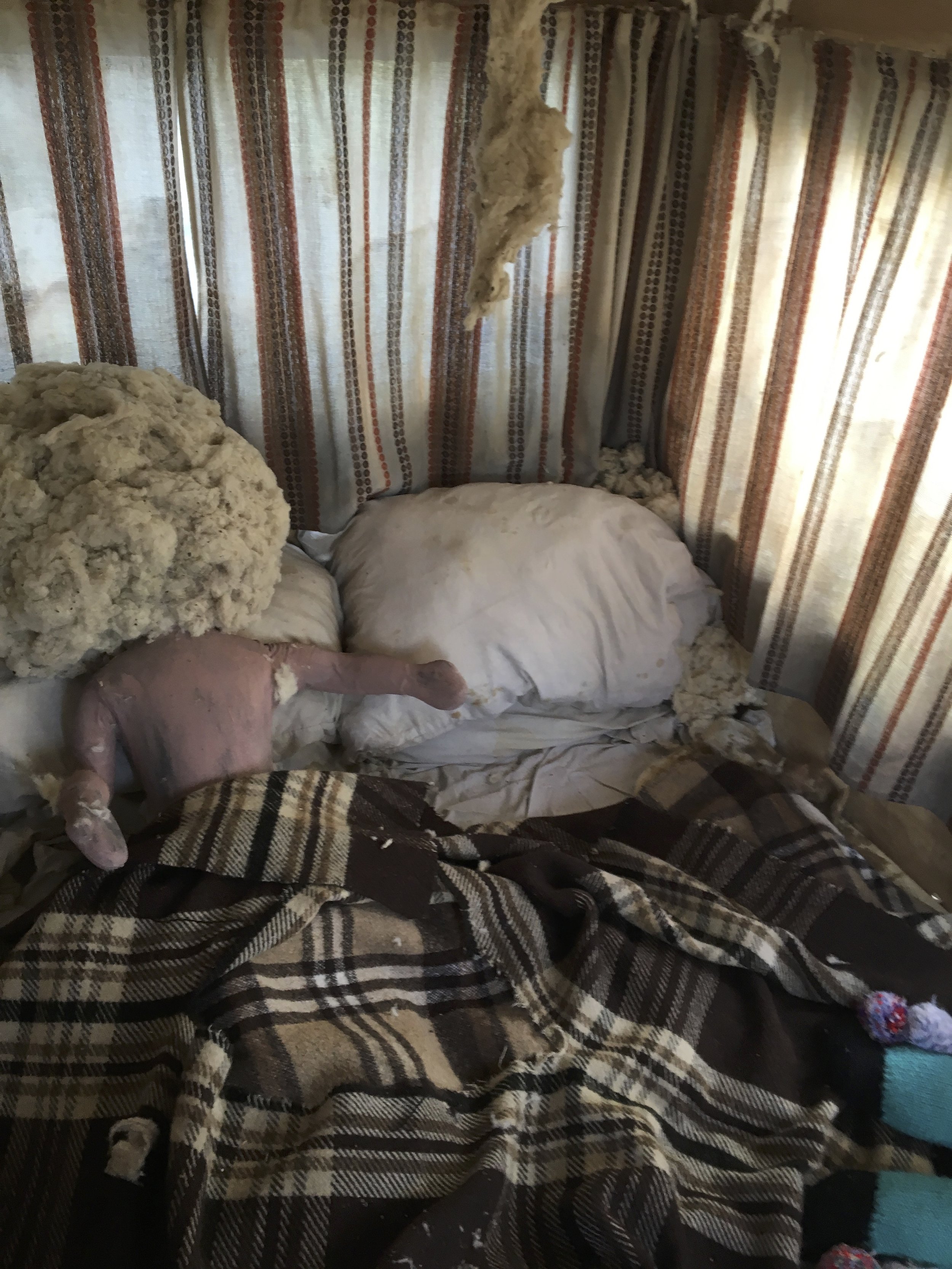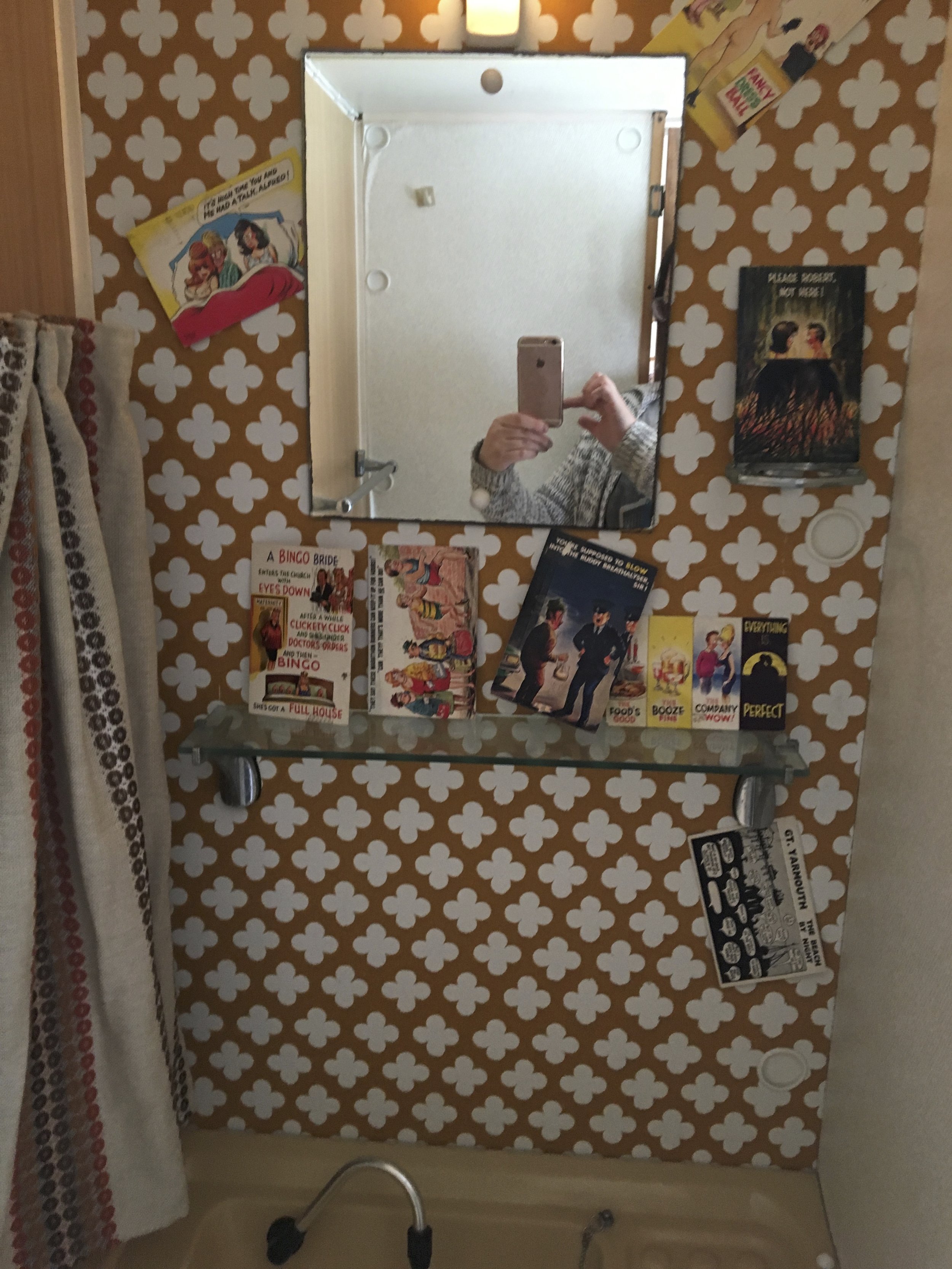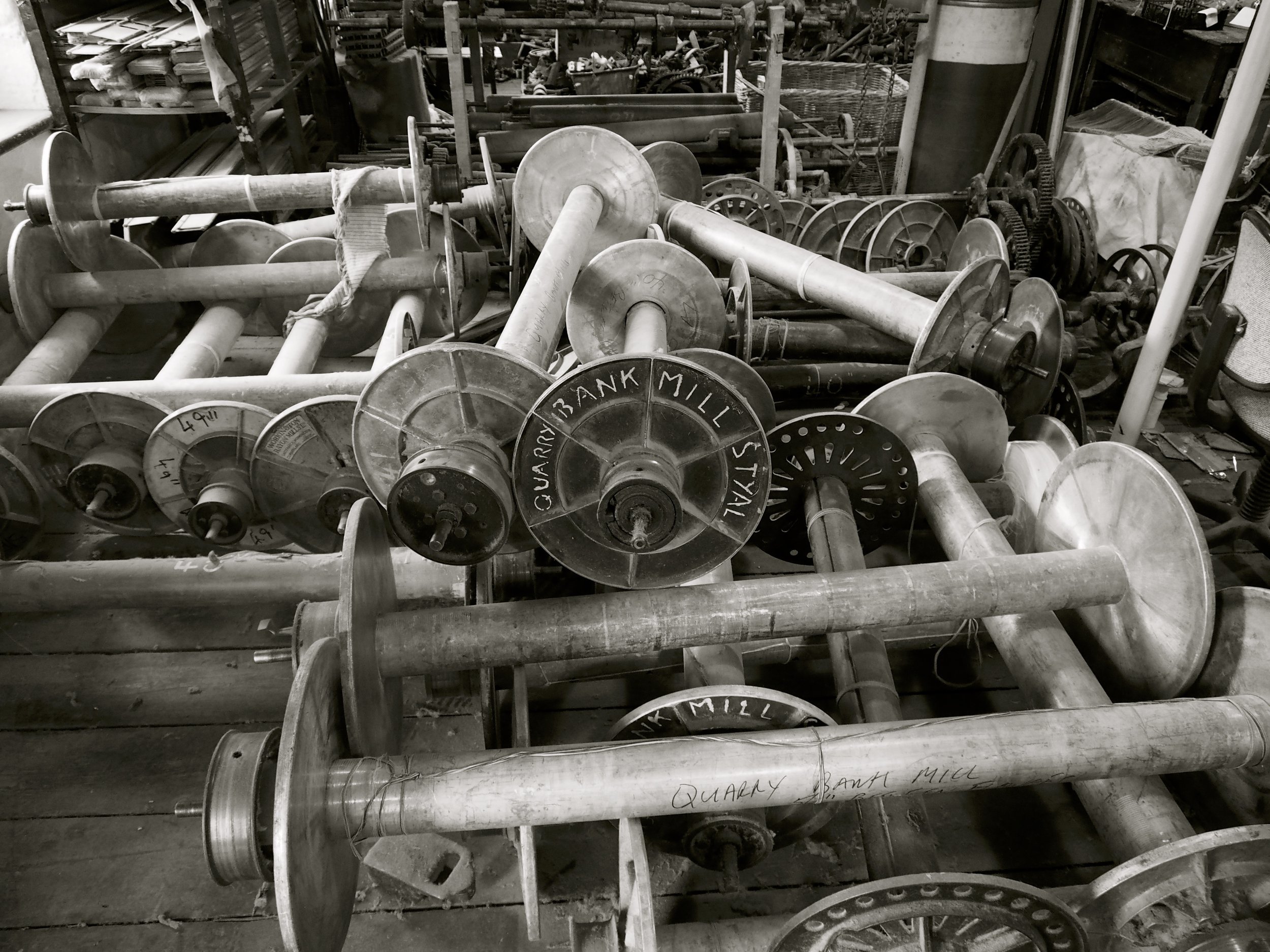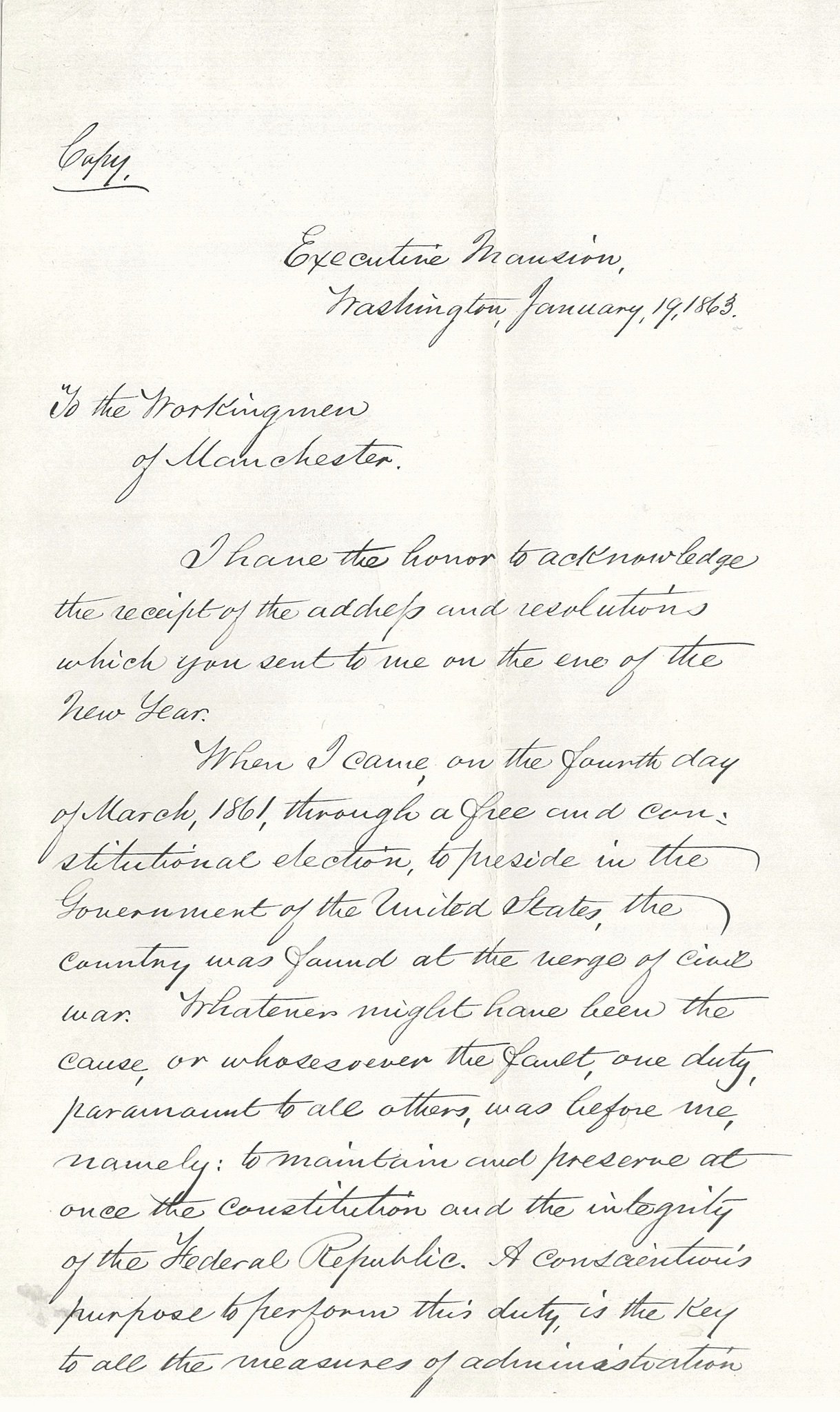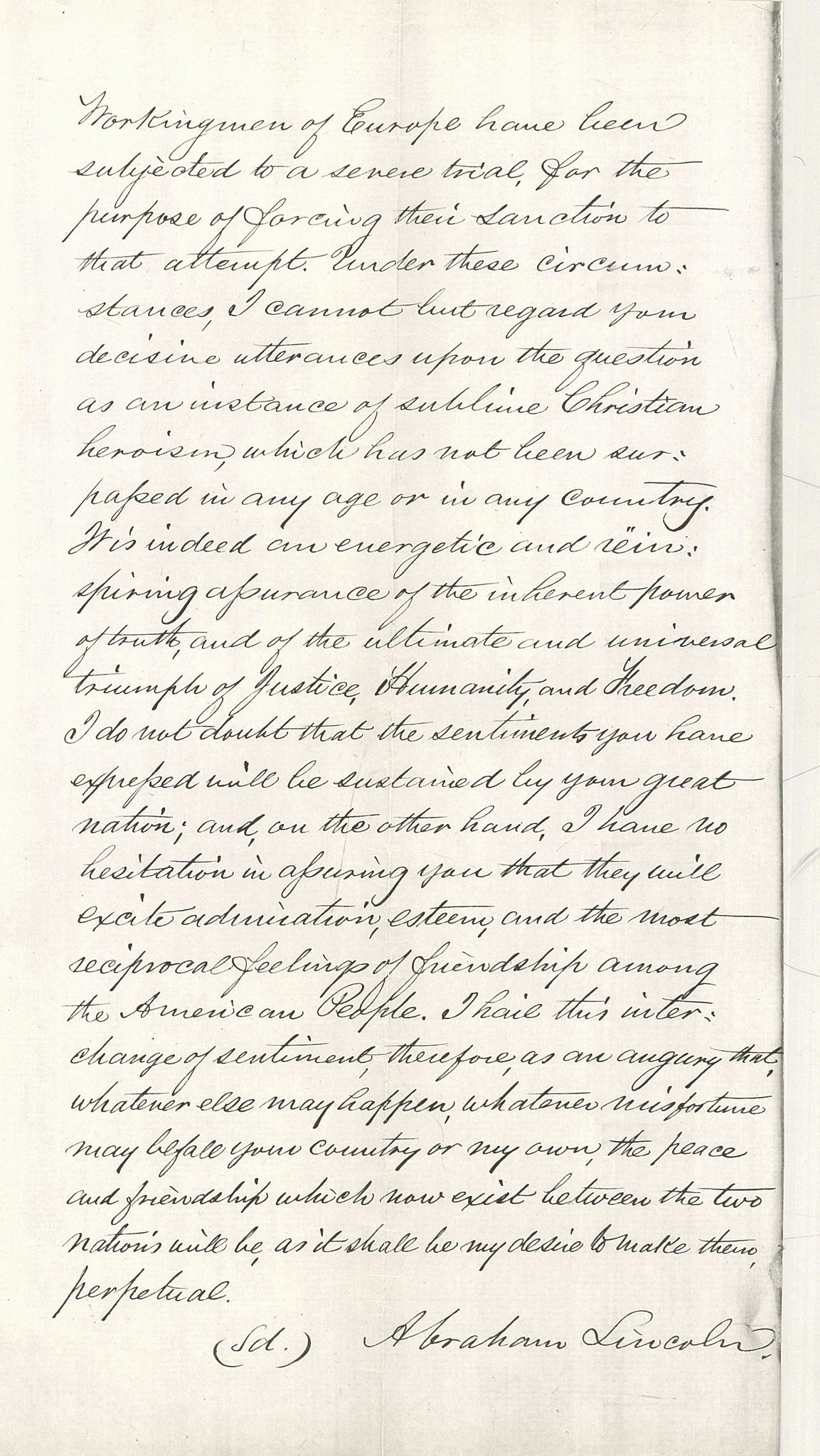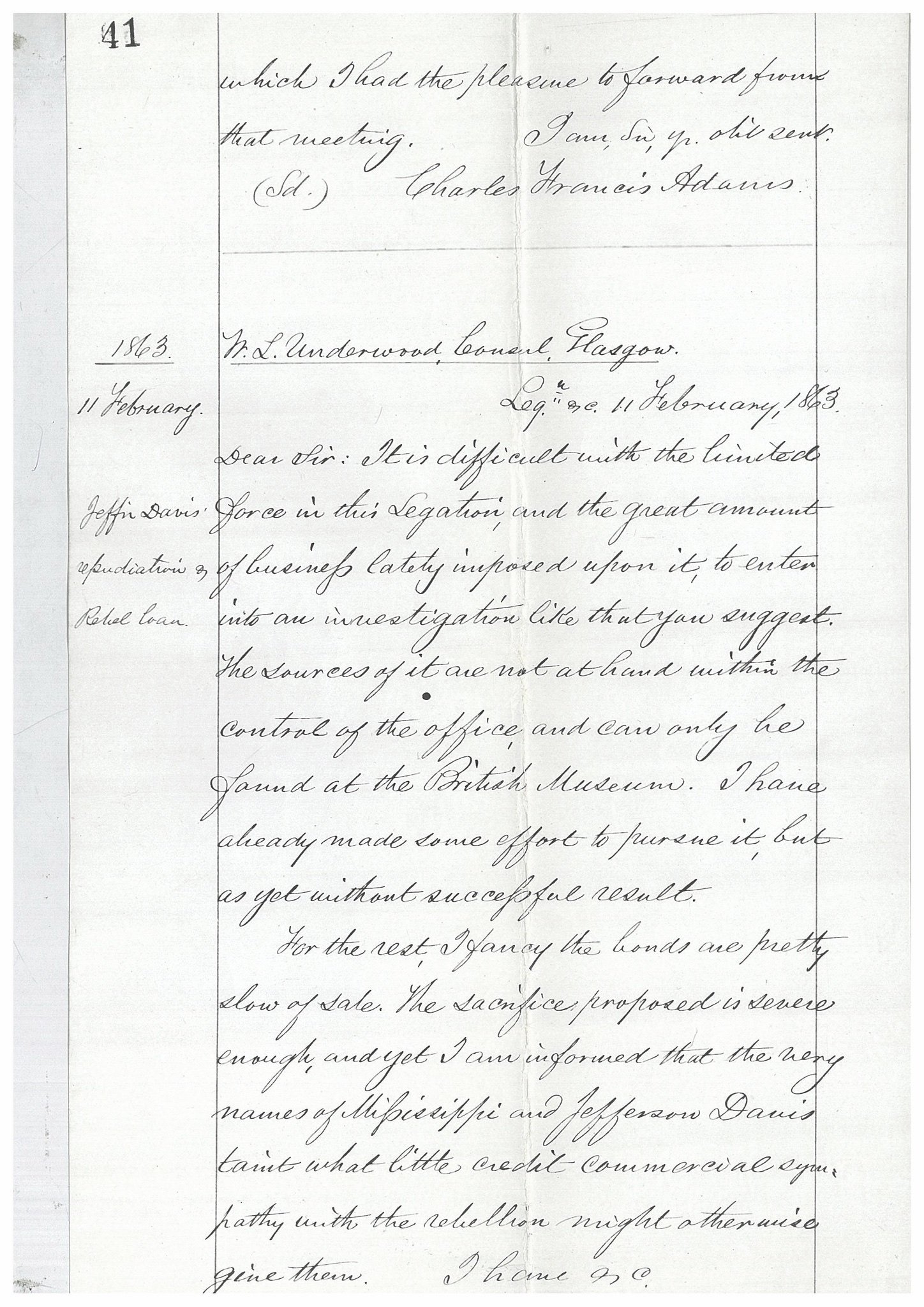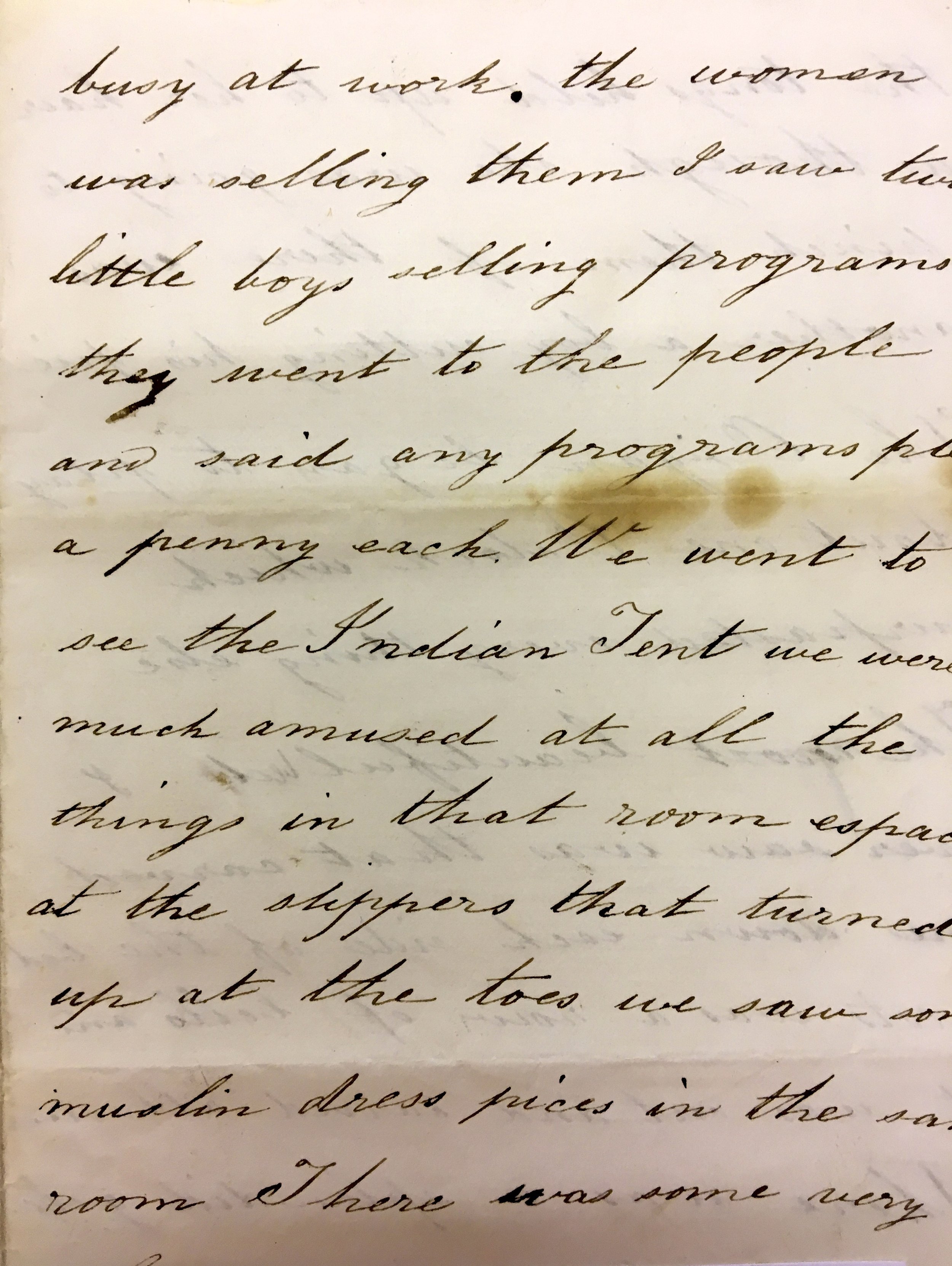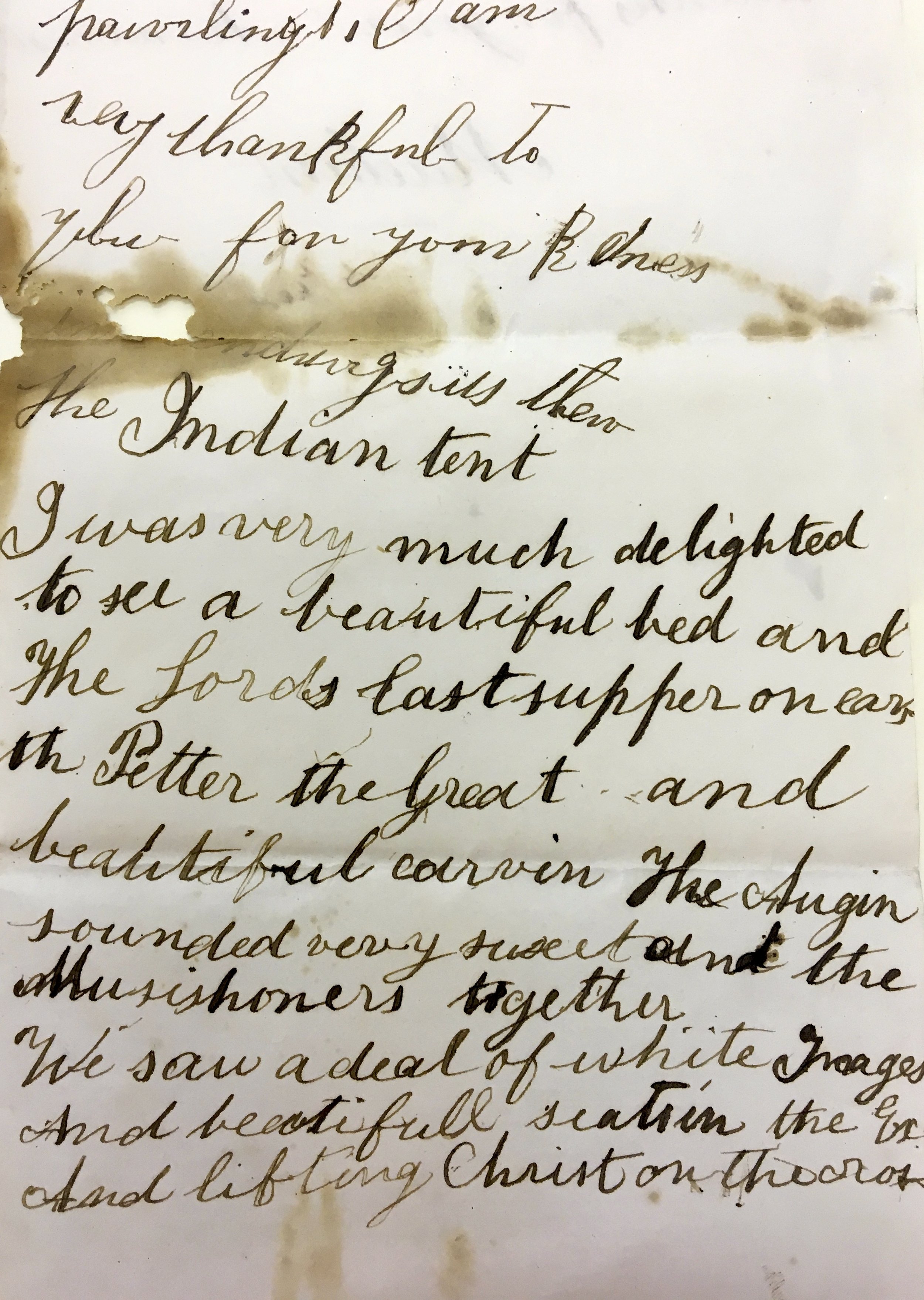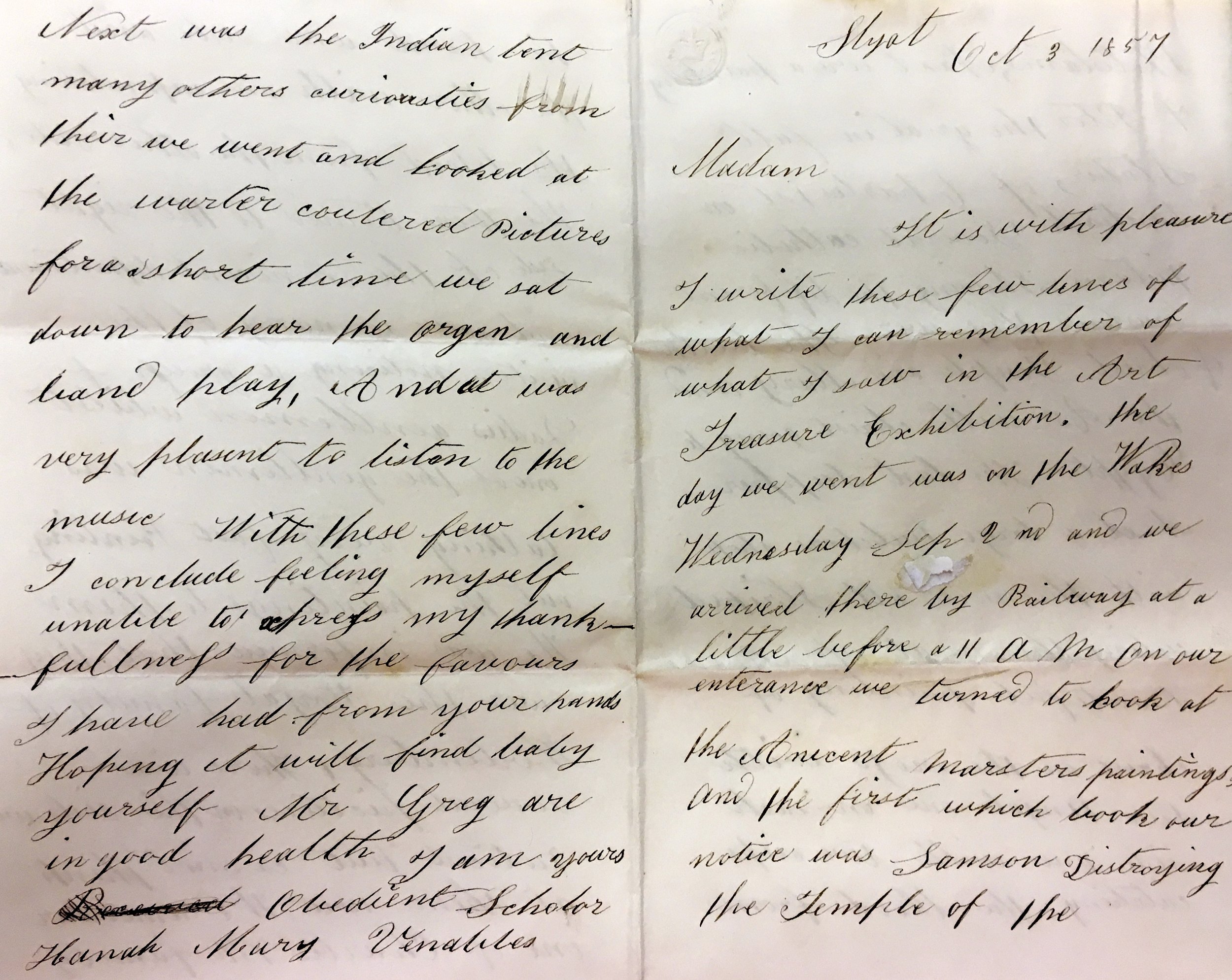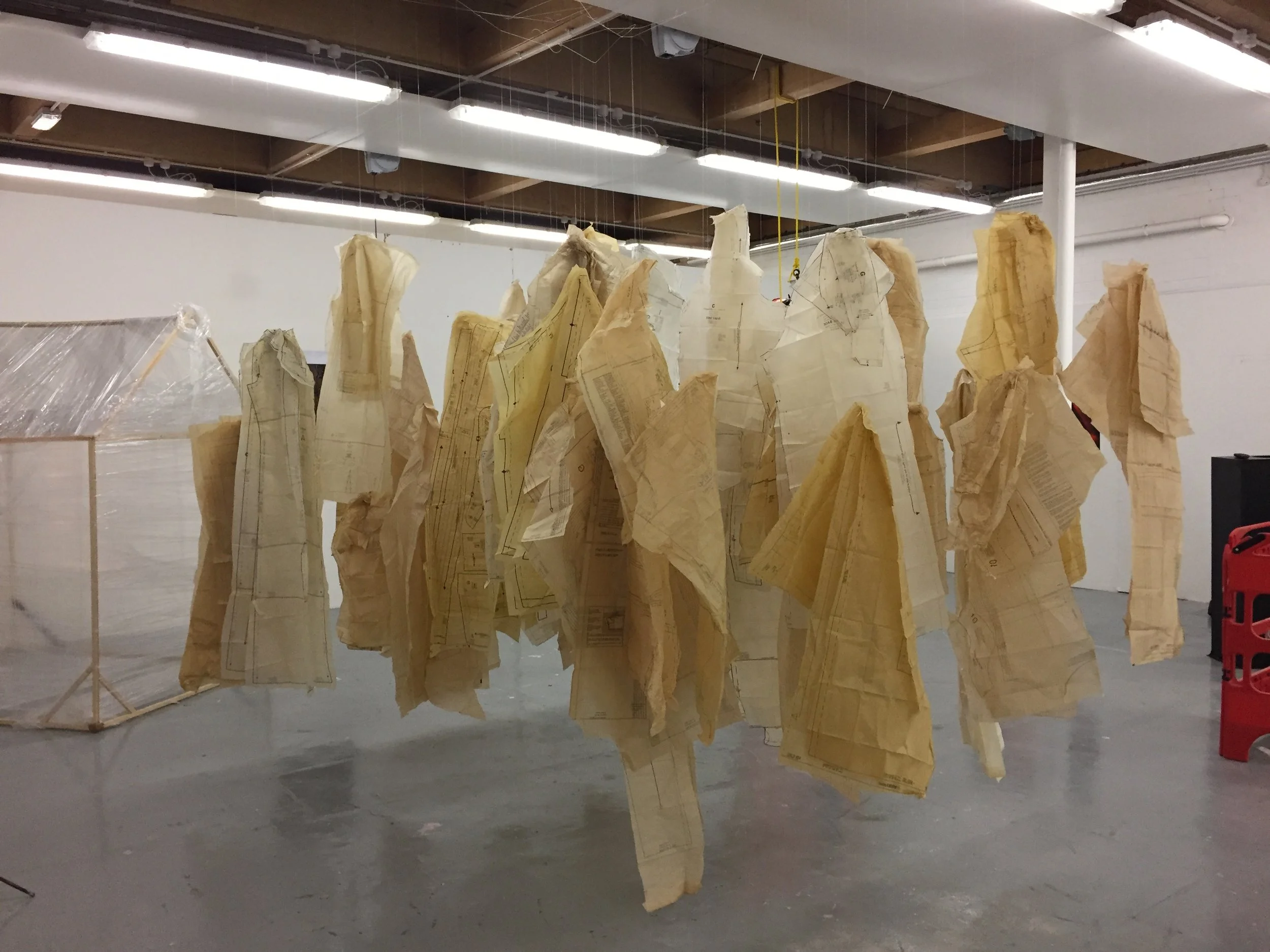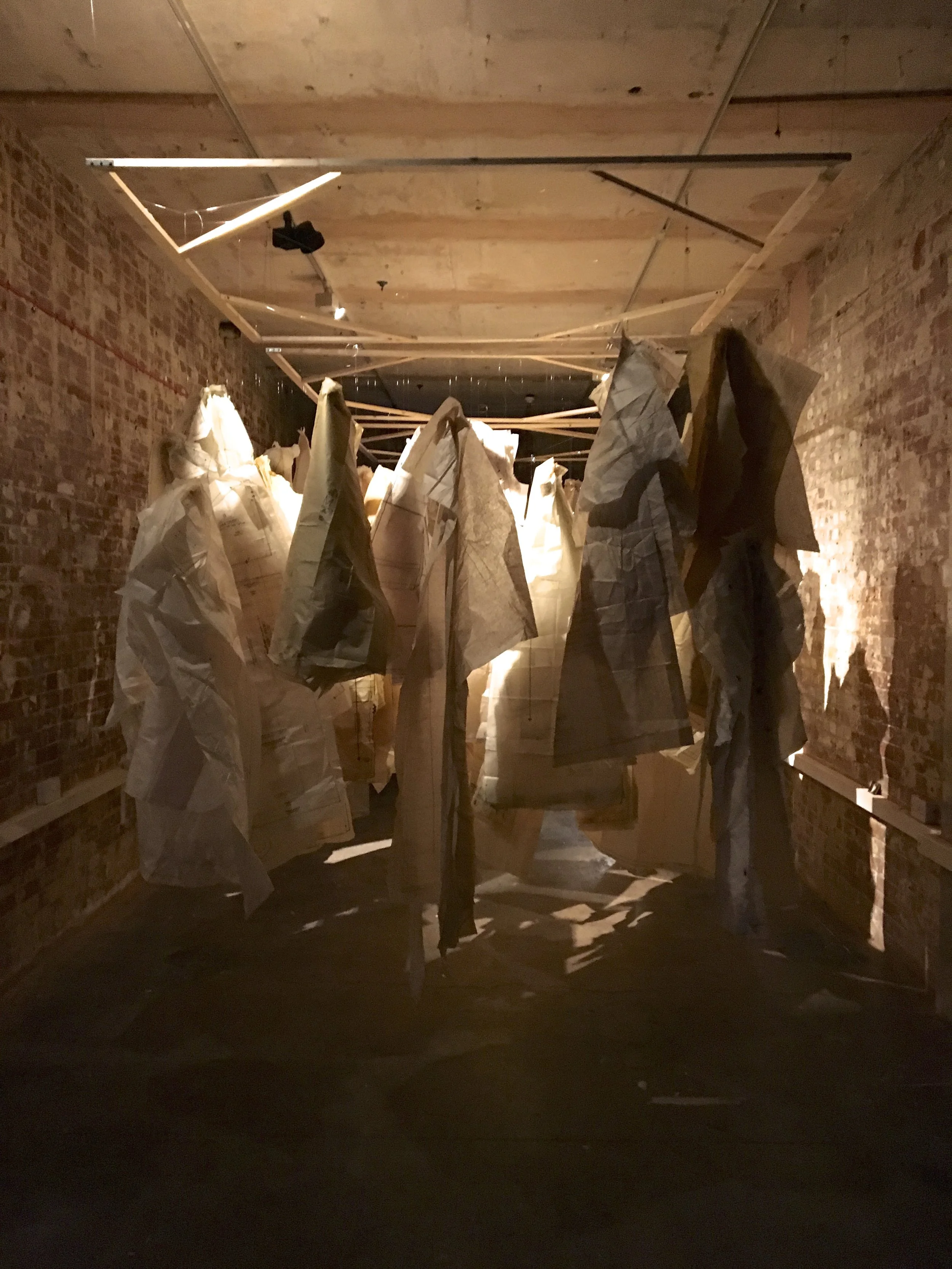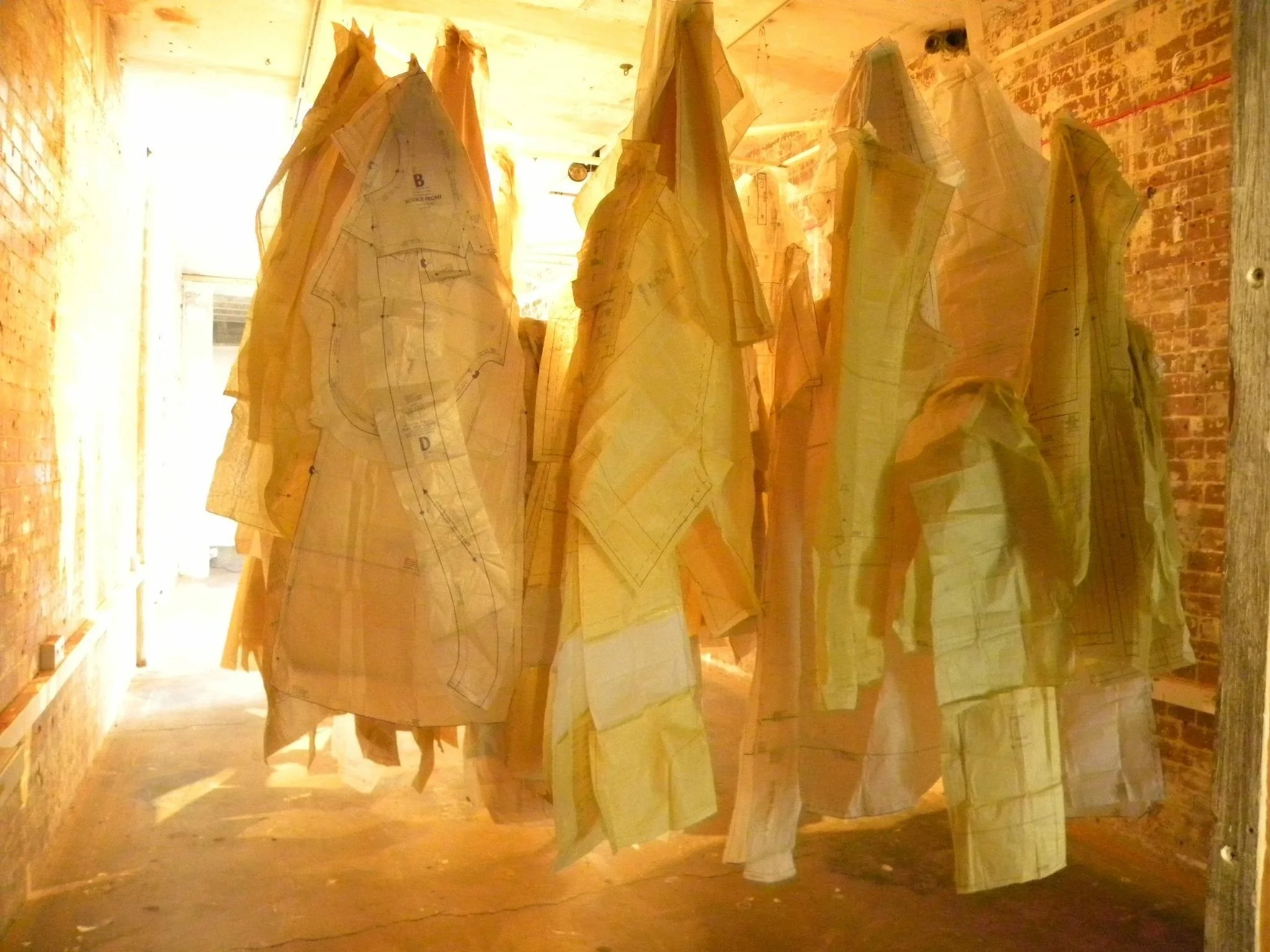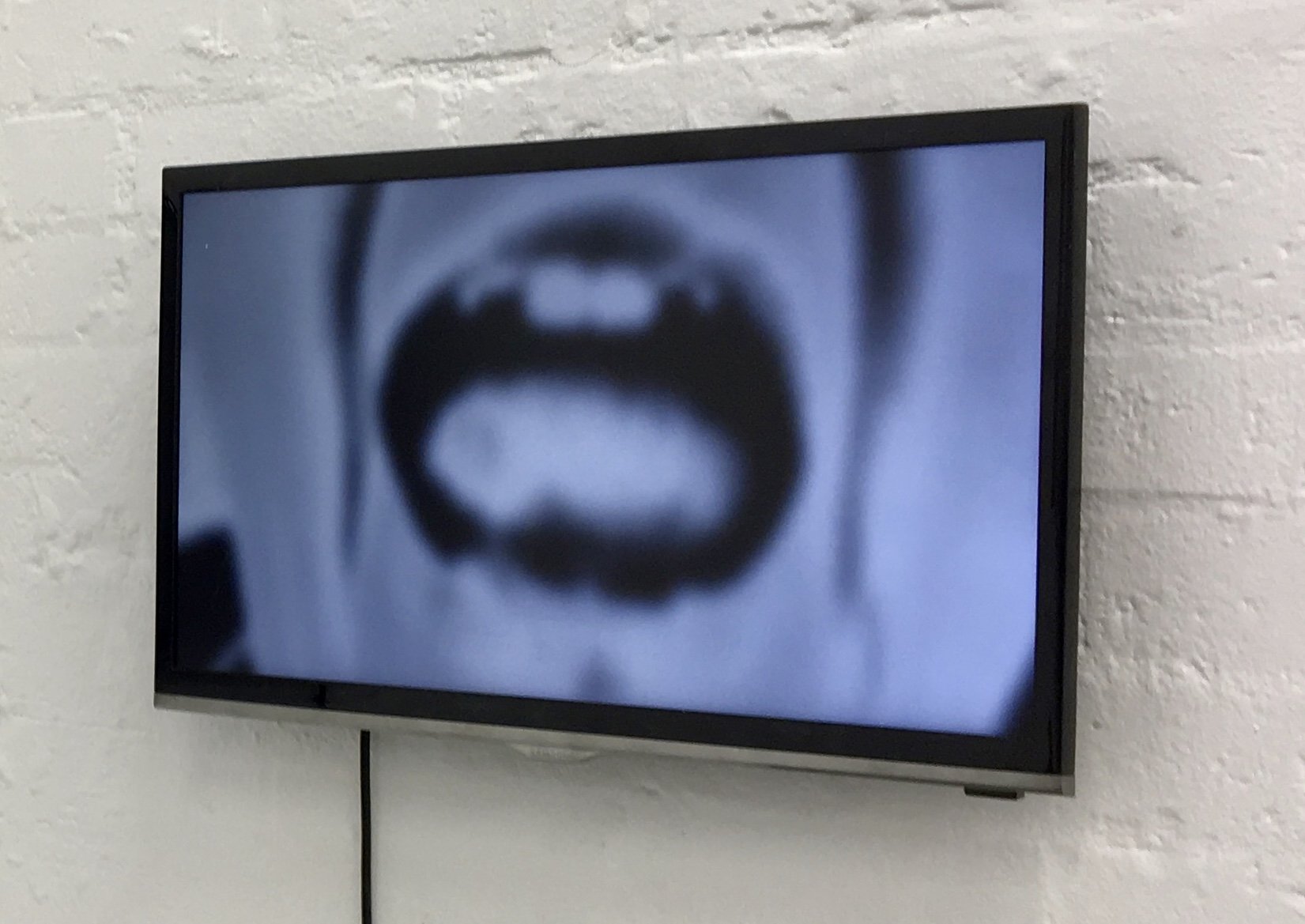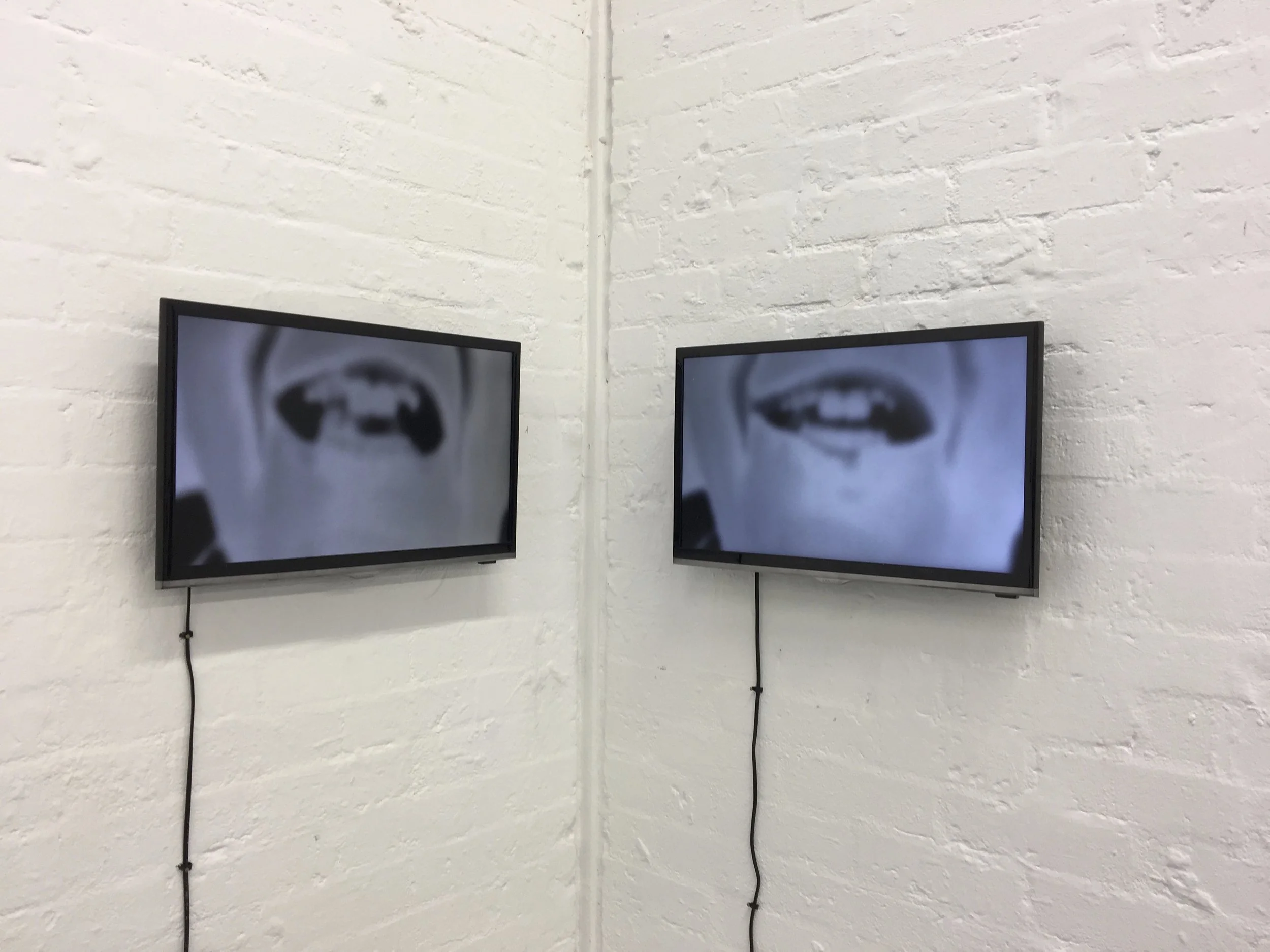Here you will find a selection of tableaux, sculptures, and installation work. I’m including the process and research of working up to the finished pieces too, as this is just as important as the completed work.
This type of work is what I love to do most of all, but my health restricts what I can now do.
Digging deep into a subject and allowing that research to inform and shape the finished piece, giving a narrative to the work, that can be deciphered by the viewer.
&&&&&&&&&&&&&&
This work sees me exploring more culture and industry within the landscape, through installations of objects and paintings but also through photography. Tacking the likes of ecology, and ruins by employing an untraditional approach to painting in my investigations of relationships between nature and culture, with an emphasis on the stereotypes of women within landscapes of nature. The landscape has always evoked experiences ranging from awe-inspiring to contemplative. Tracing the origins to the 18th century and the enlightenment notions that nature is controllable, to the 19th-century belief of its transcendental power. In my work landscape and the environment, are used as a framework to investigate further the relationship between nature and culture. I have called this “Post-Landscape” to suggest a way of rethinking traditional landscape conventions and positing a new kind of interaction with the landscape. I wish to critically examine ideas around eco-feminism, gendering nature, and the social implications of the control of land, which created a false sense of control over women through the patriarchal use of language and thus established themselves as “men” as culture and women as nature.
This Broken Land.
...We forget that battlefields are one kind of landscape and that most landscapes are also territories...on small scale they involve...a sense of place, on a large scale they involve war.... (the landscape is) not just where we picnic but where we live and die...Rebecca Solnit, As Eve Said to the Serpent: On Landscape, Gender, and Art, 2001
To Solnit the “landscape” gives rise to the social, political, and philosophical landscapes we inhabit, and it is this direction this work takes, looking at the interrelationships between nature and culture.
This work stems from my time in Glasgow and its surrounding decaying industrial landscape, what could be seen as decay and memory within, layers and layers of stories, broken down and forgotten. Mixed with the progress of technology.
This Broken Land
&&&&&&&&&&&&&&&&&&&&&&&&&&
“Trade” and “Mee Maw”
This work is a research series that spans both women and industry, created after a long period of research in the archives of Quarry Bank Mill, and Tameside Library tape recordings, of the ladies who used to work in the Cotton Mills and speak to local people and my own family from the era of the mills.
These paper patterns represent the body, and women in the Mills that worked for next to nothing, they form another layer of narrative, a skin, Ghostly presence of a woman’s clothing patterns but also an absence or loss. The Mee Maw film was a form of communication while the ladies worked in the Mills, as it was dangerous to speak when the bosses were around.
During my research into the Mills and life of the working women and children in Quarry Bank Mill and other Mills around the North West and Manchester, I found letters from mill workers to families, and a letter addressed to the people of Manchester for Abraham Lincoln.
Walter Benjamin wrote, “For every image of the past that is not recognised by the present as one of its own concerns threatens to disappear irretrievably”. History and its fragments stand as memories within the human mind, it is only when we confront fragments that memory is awakened, creating a surreal moment of connection with the artwork, object and audience.
This installation was created as a follow-on from the previous research into the North West, its industry and traditions.
The caravan is mourning the loss of both industry and our connections with the working class of Britain.
The working class are the people that built Britain, and put the Great into Great Britain, through hard labour. These are also the people who prided themselves as honest working people who stood up for the abolition of slavery in America and refused to work with slave-traded cotton in 1863, causing the cotton panic.
During the working year, many of the cotton workers only got one day off work a year, this did increase but the holidays stayed the same for decades to come - The caravan holiday -
Caravanning has always been a working-class holiday that simply took them to the nearest seaside where they could get a little fresh air away from the cotton fibres; grease and heat of the industrial towns, presently many working-class and poorer families have never been to the seaside.
Yet the resurgence of this type of holiday has become the must-do thing for many of the middle classes, with caravans more expensive than many Northern homes.
This work is a reflection of the past and how people experienced the times back in the mills.
Through sight sound and smells the audience will experience the work within the context of what we assume is the working class today, with references to child labour, travellers, the homeless, and migrants. This work is about loss, the death of industry and towns.
“Weesh Thi Wurr Eer”

